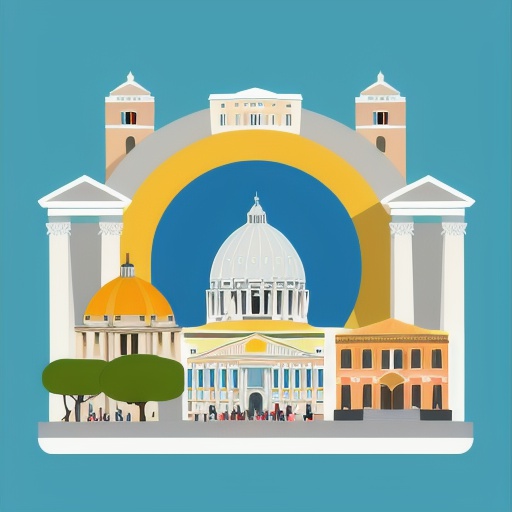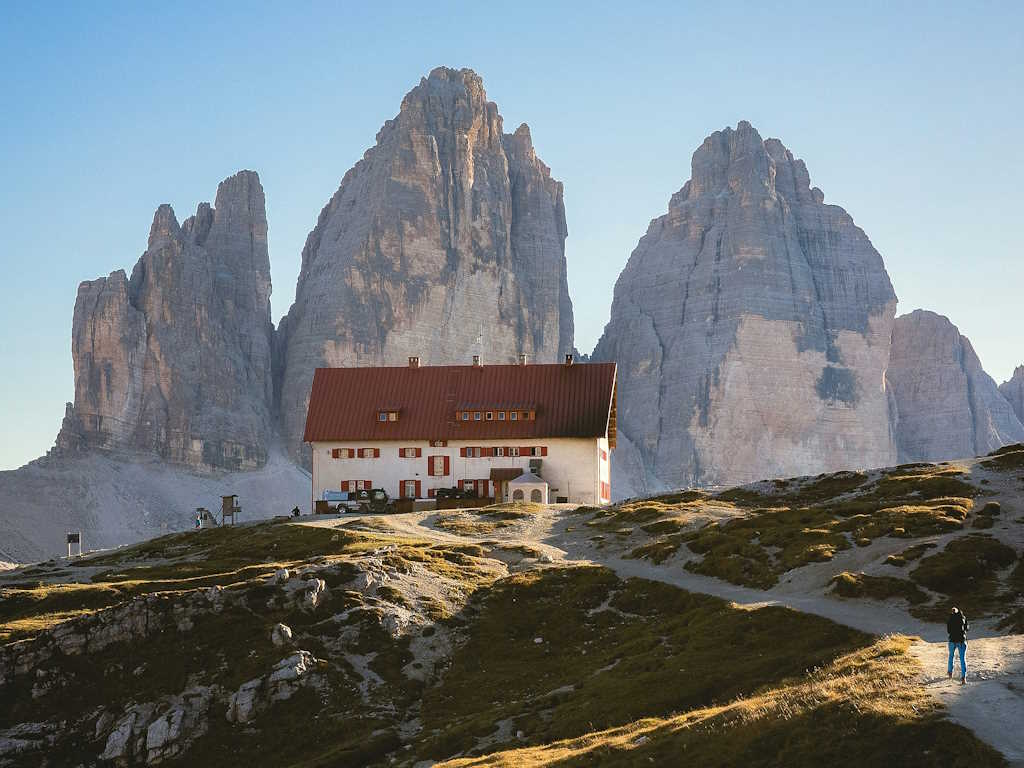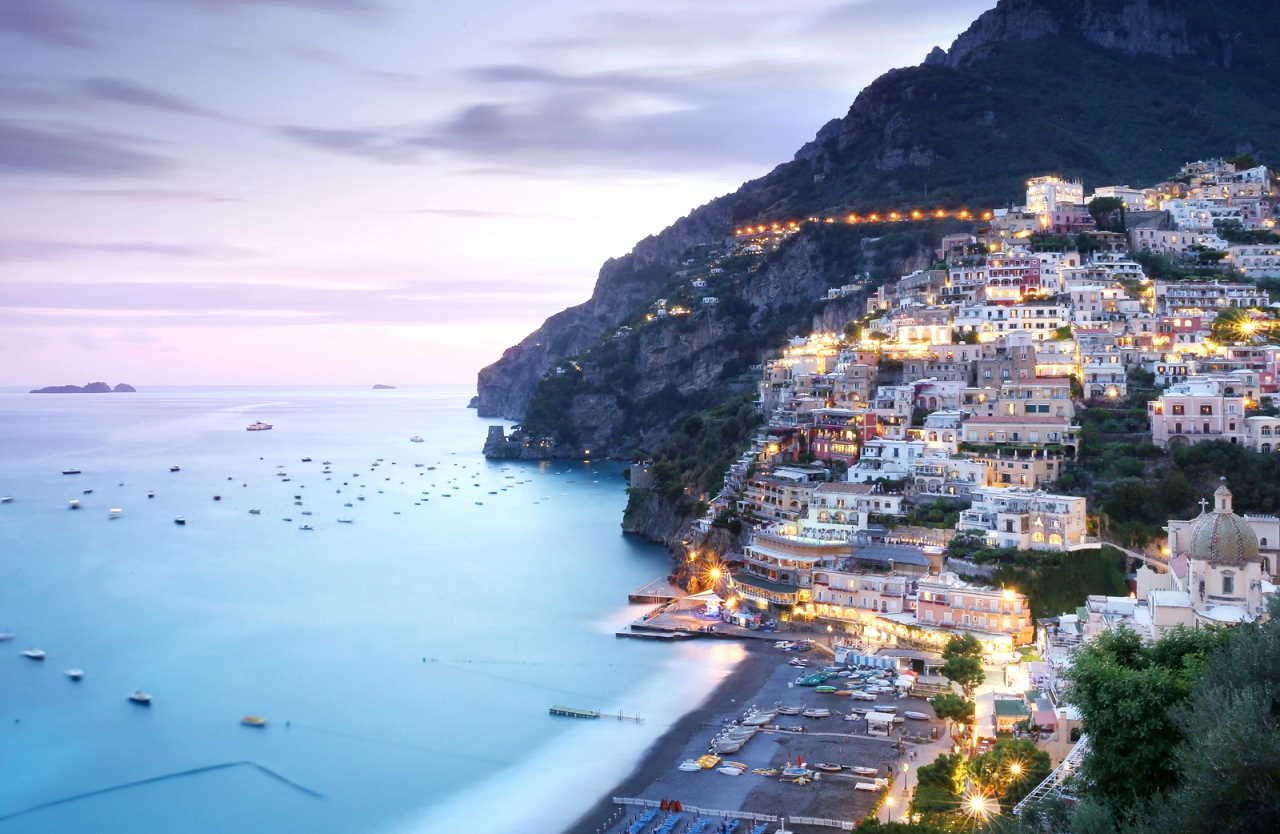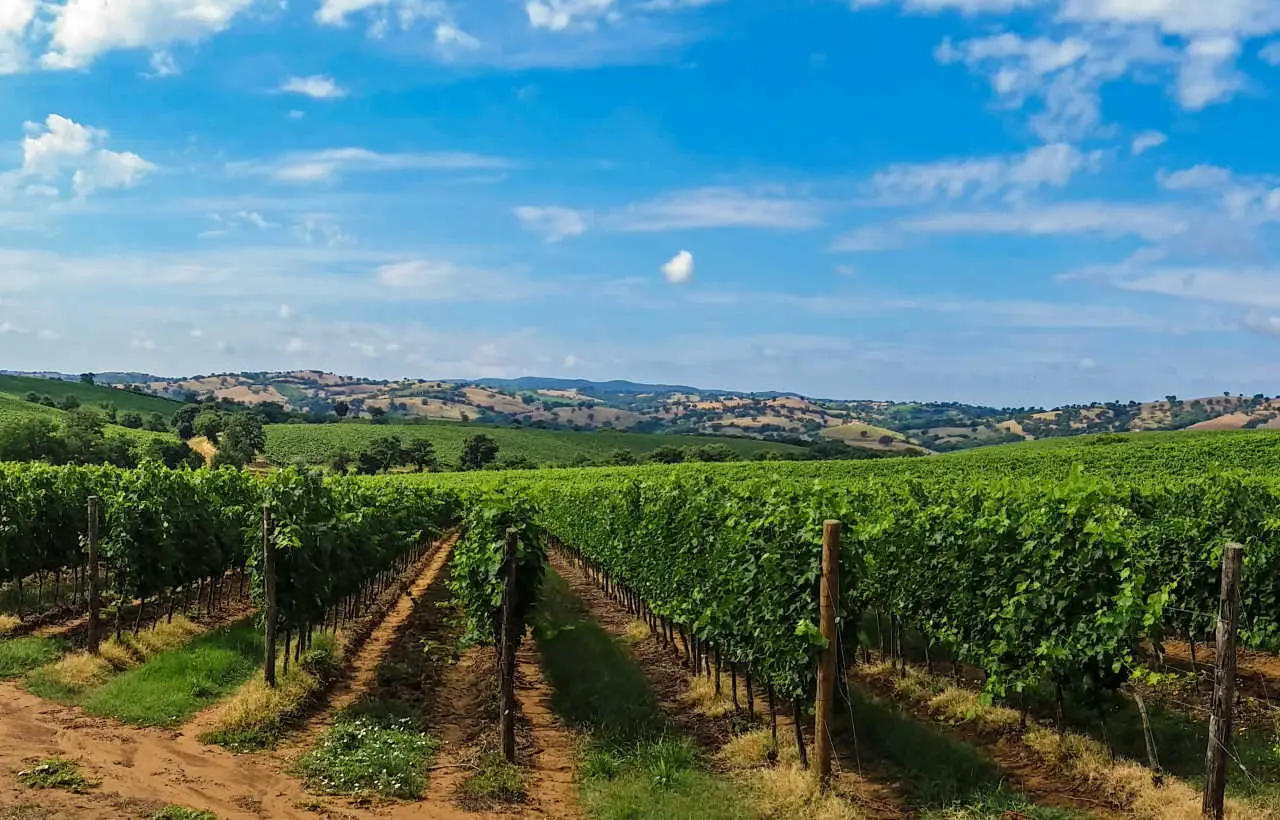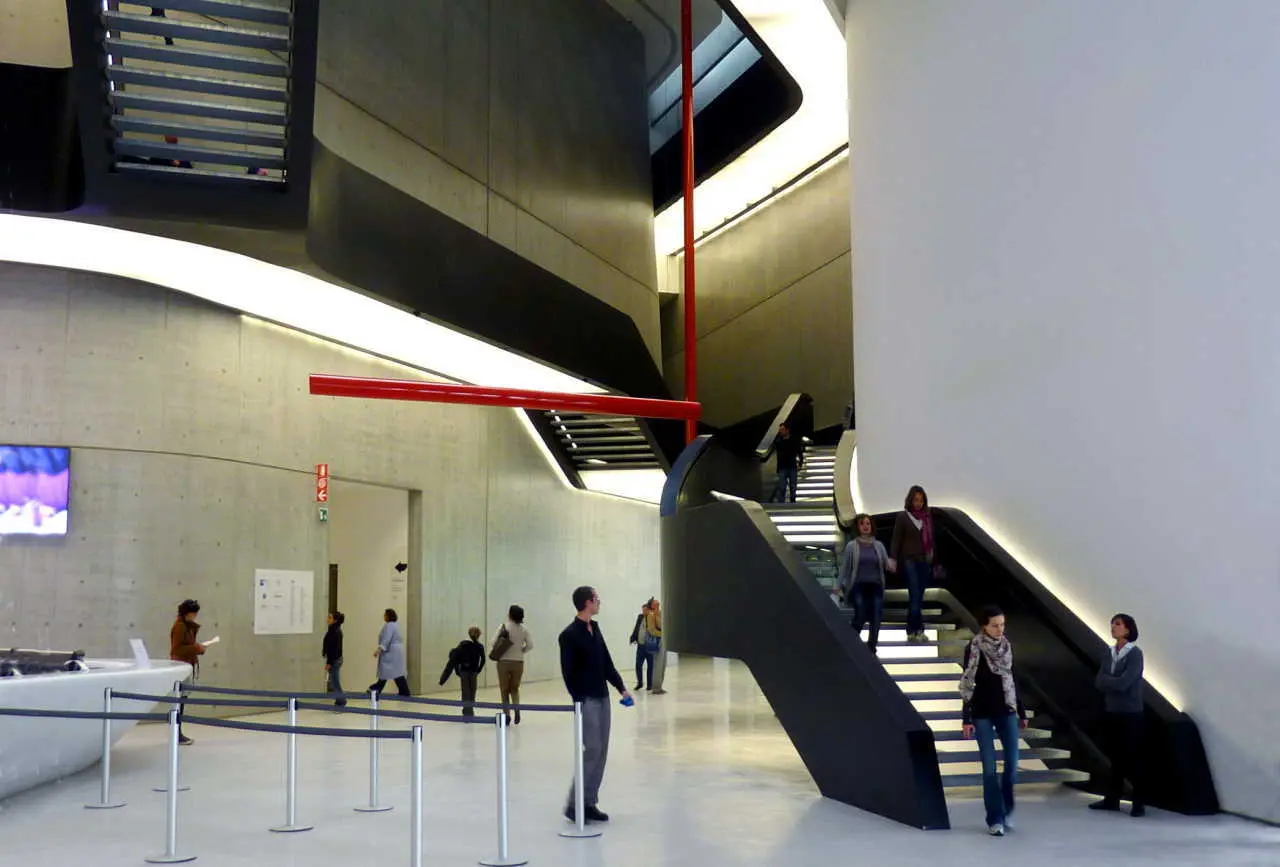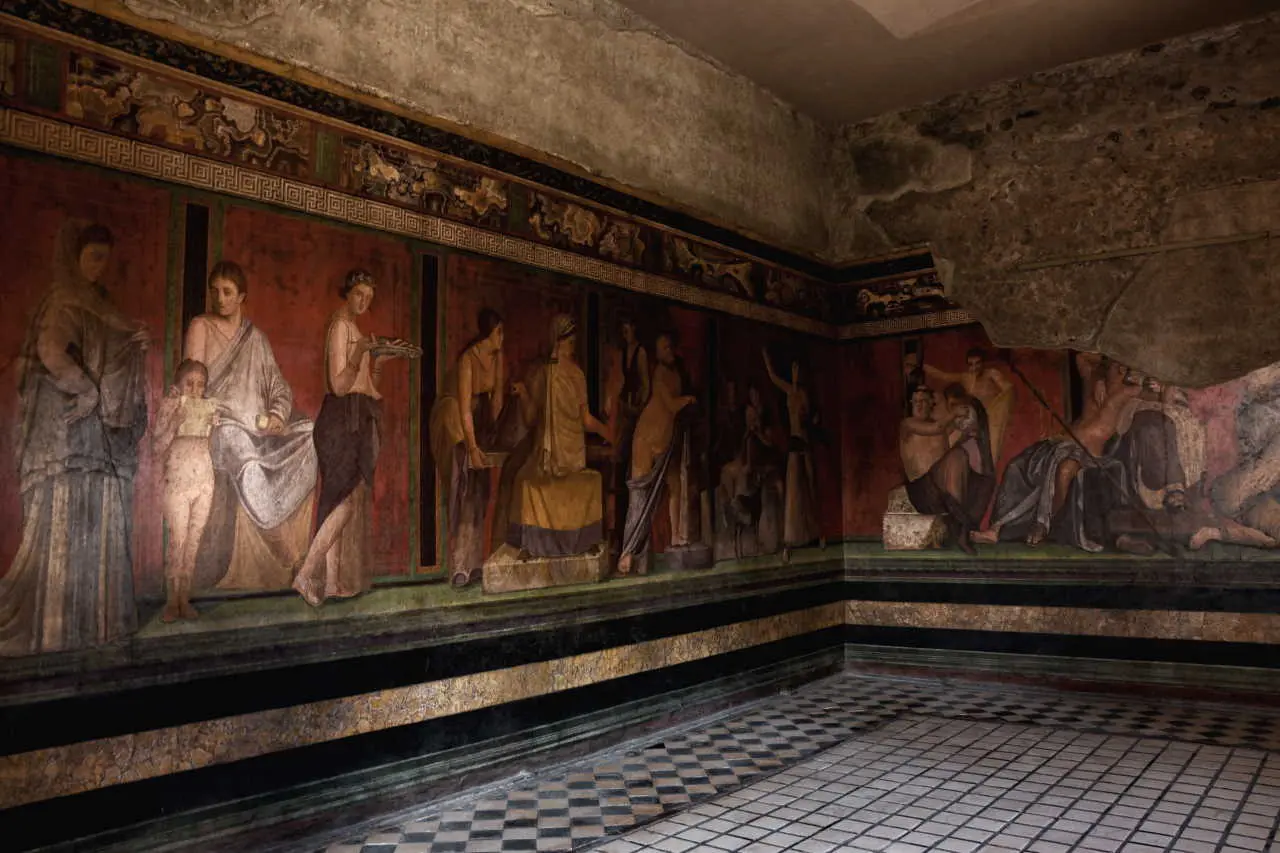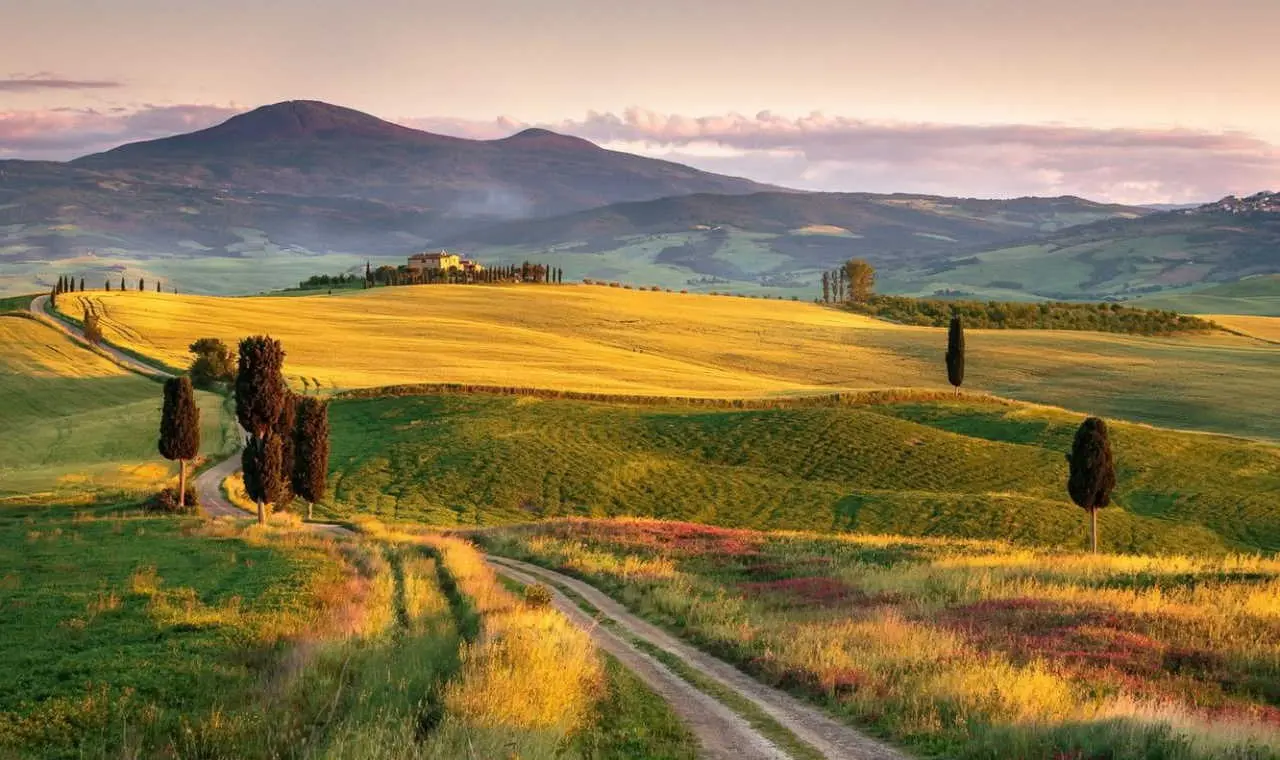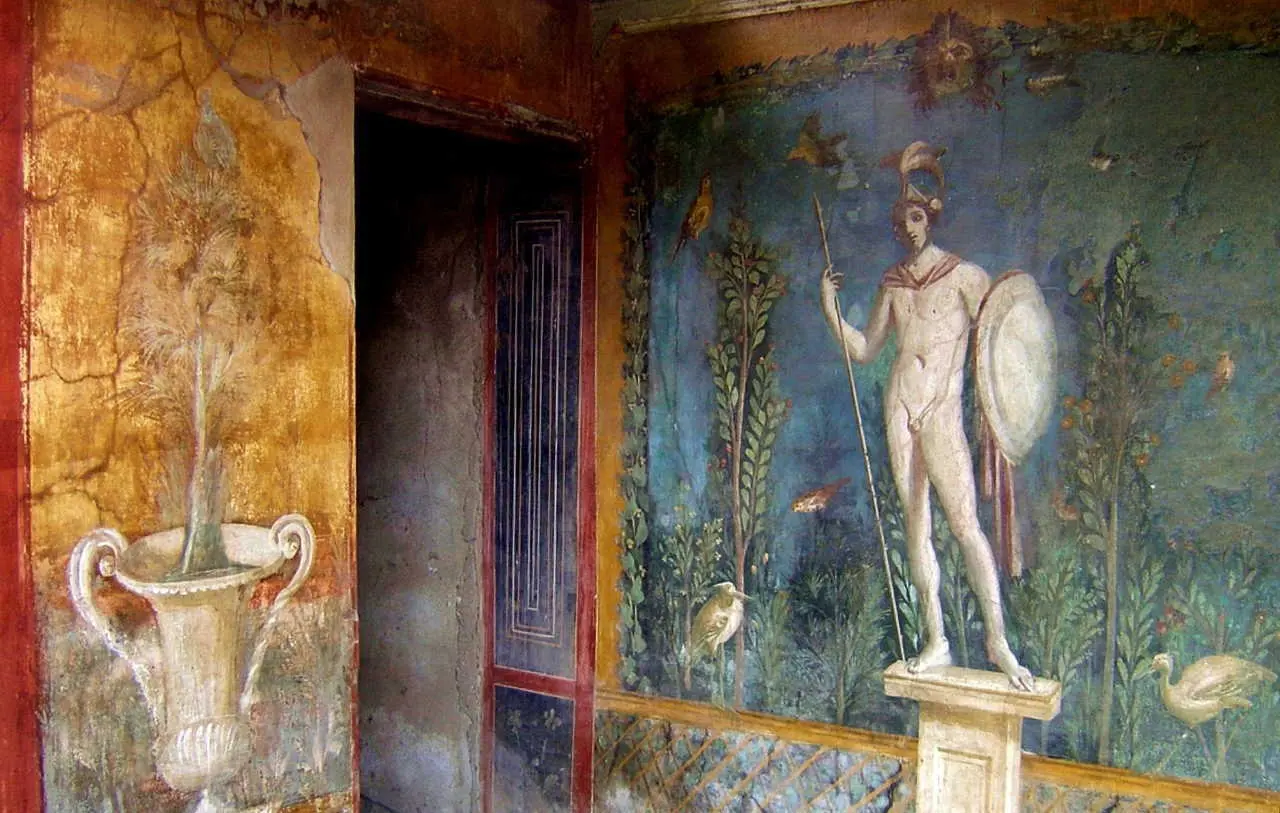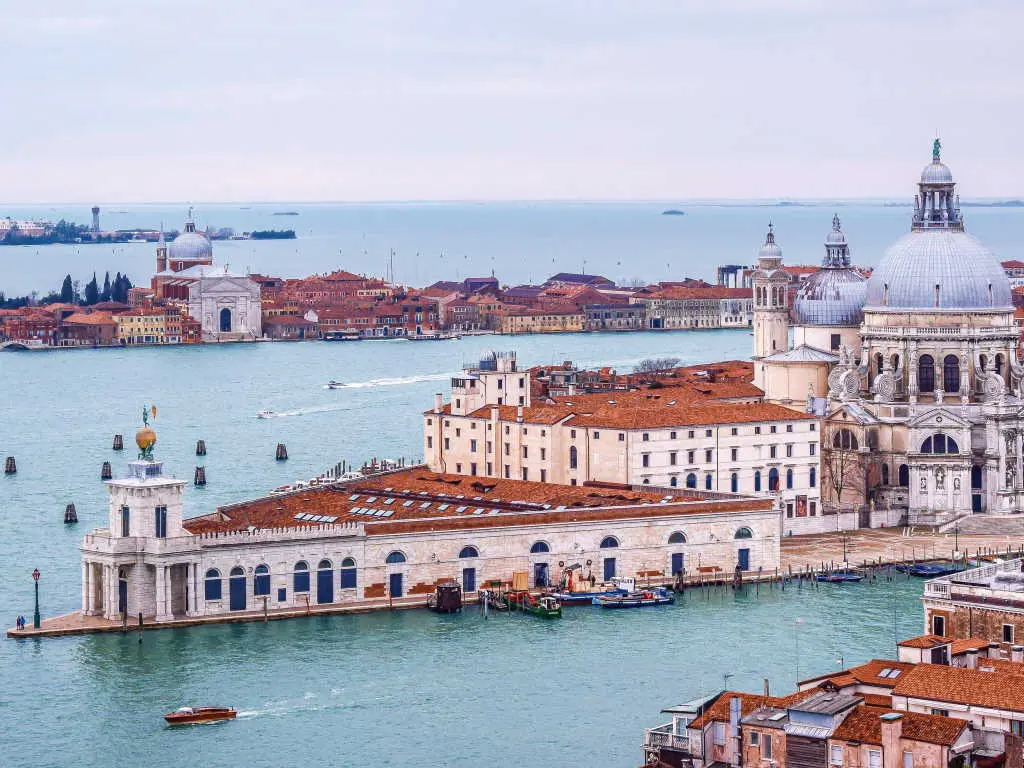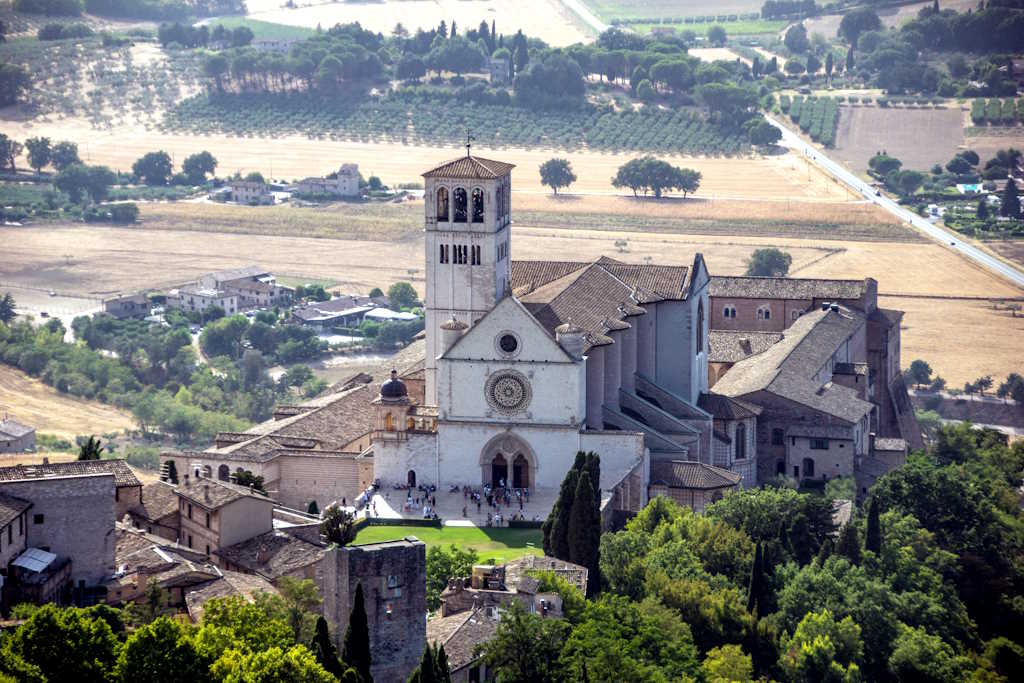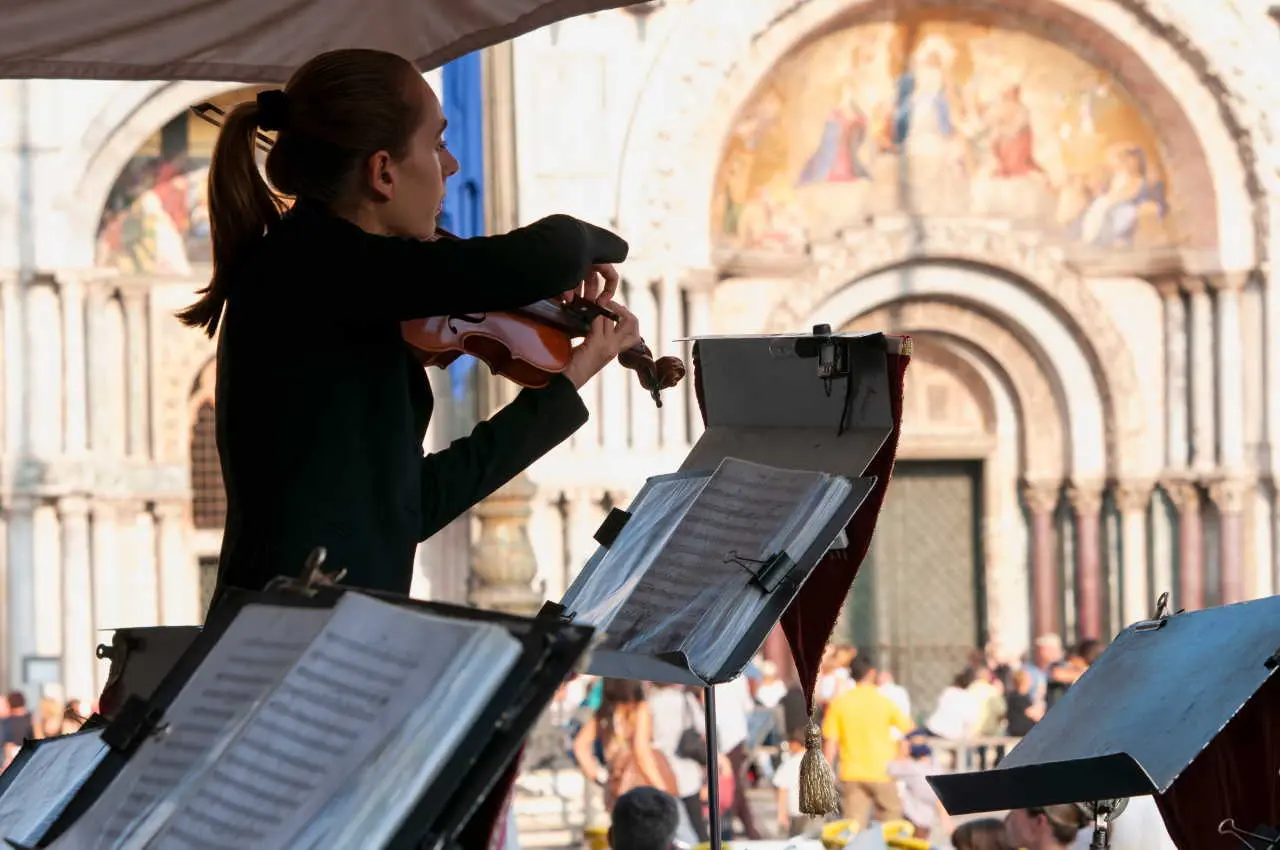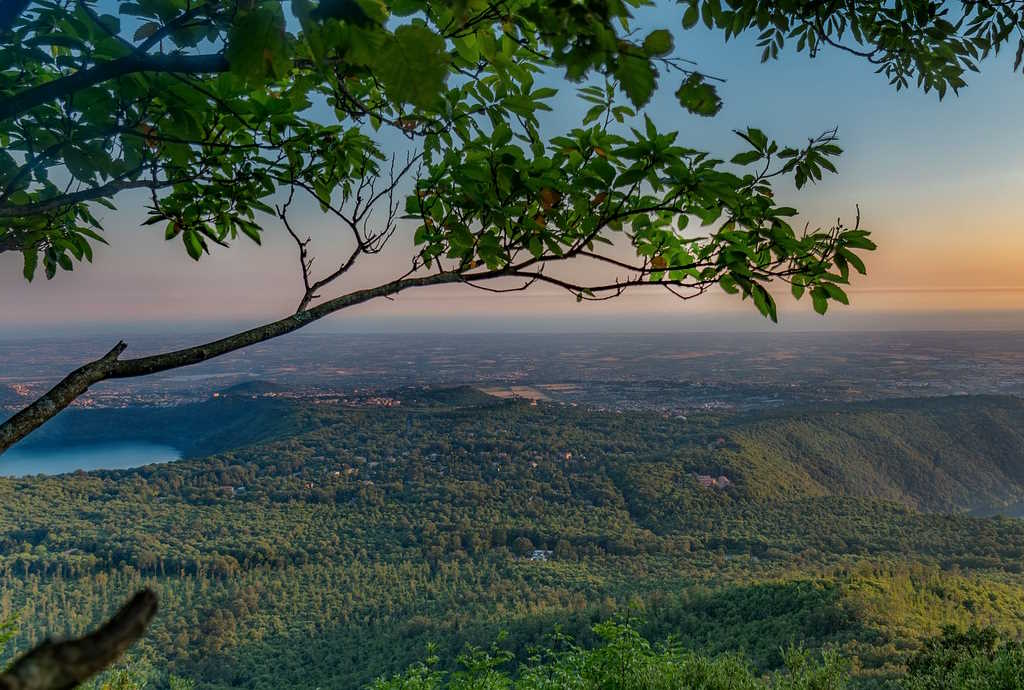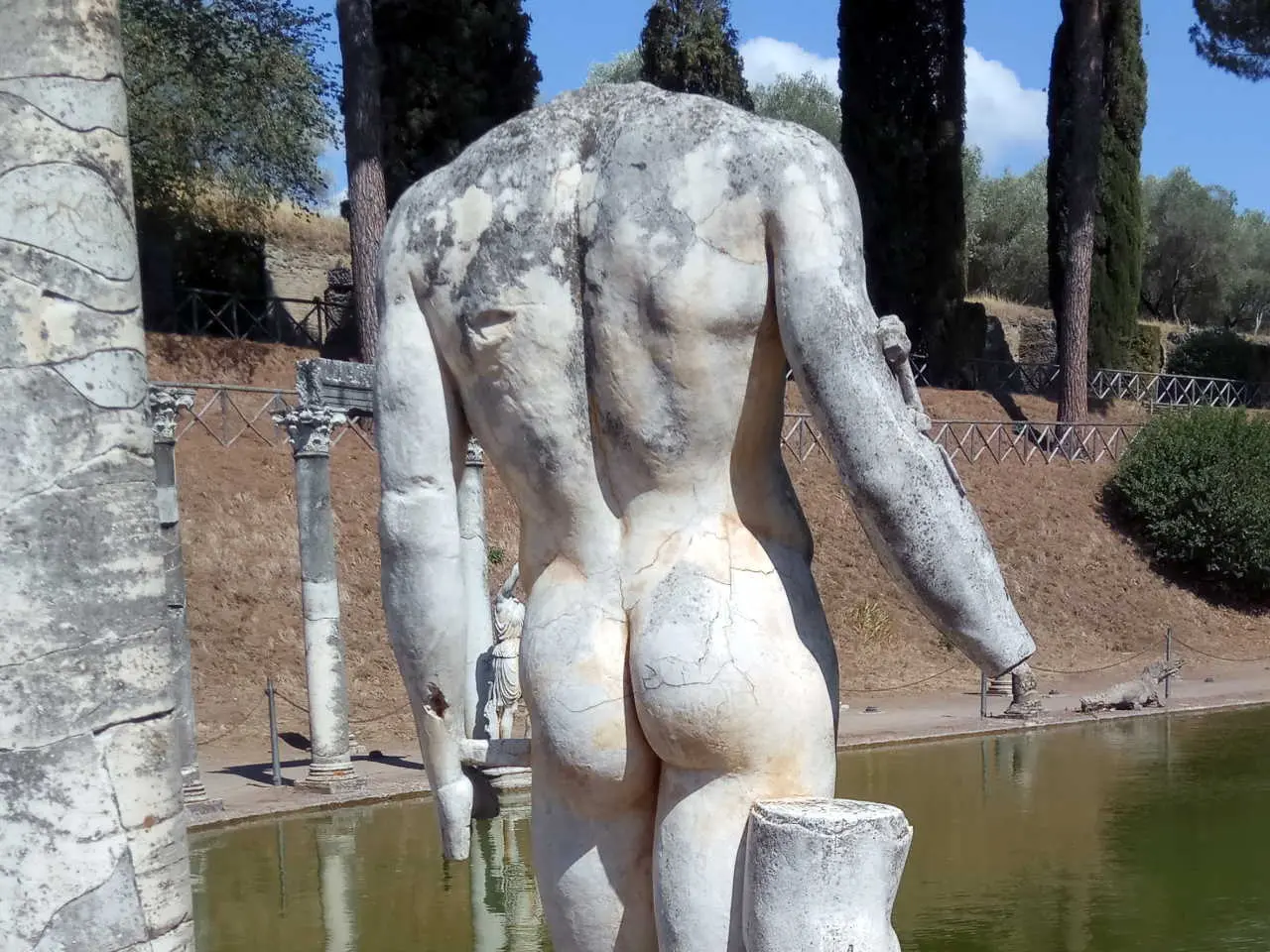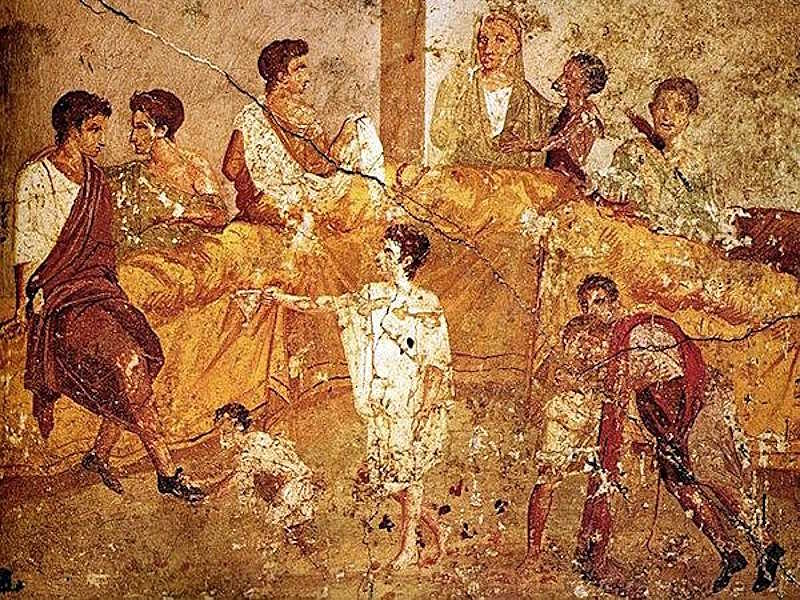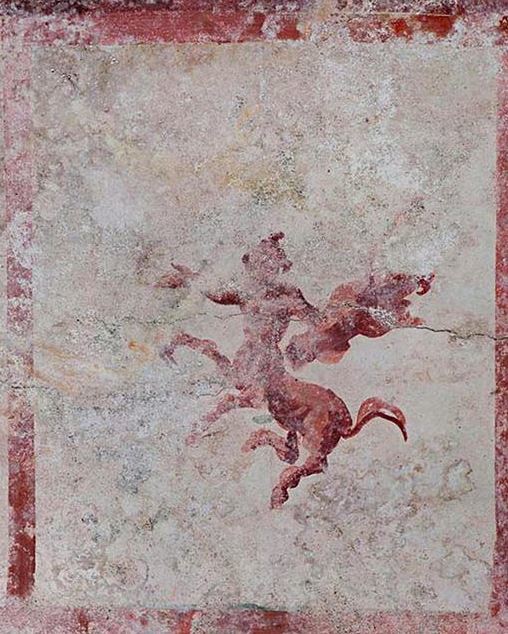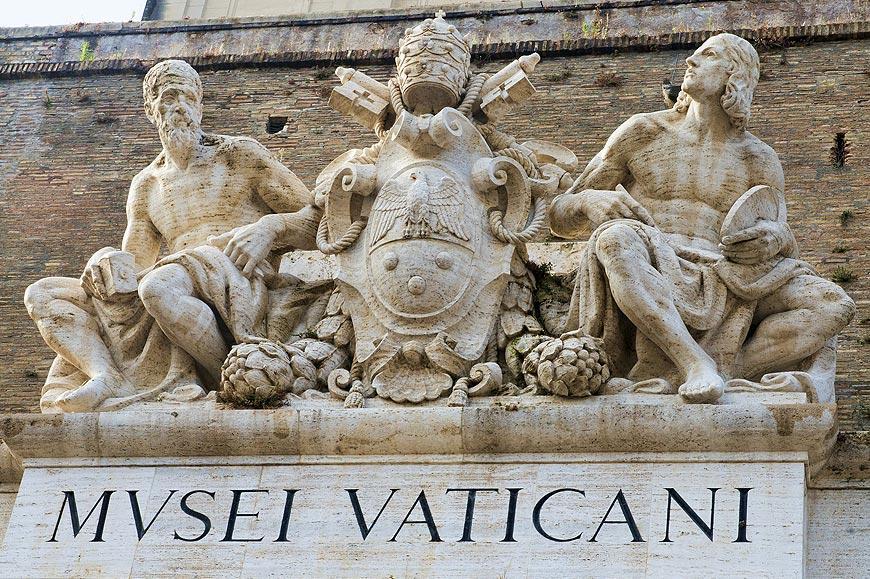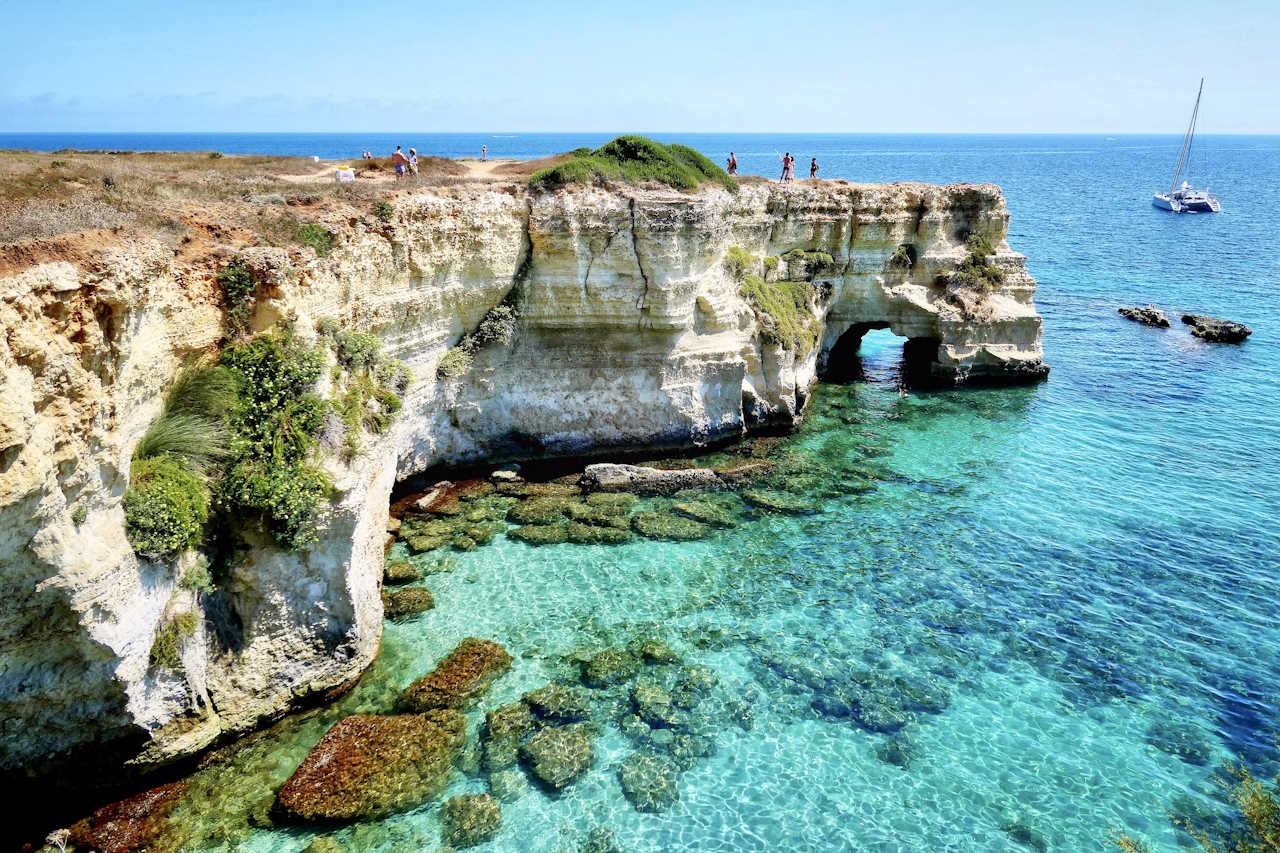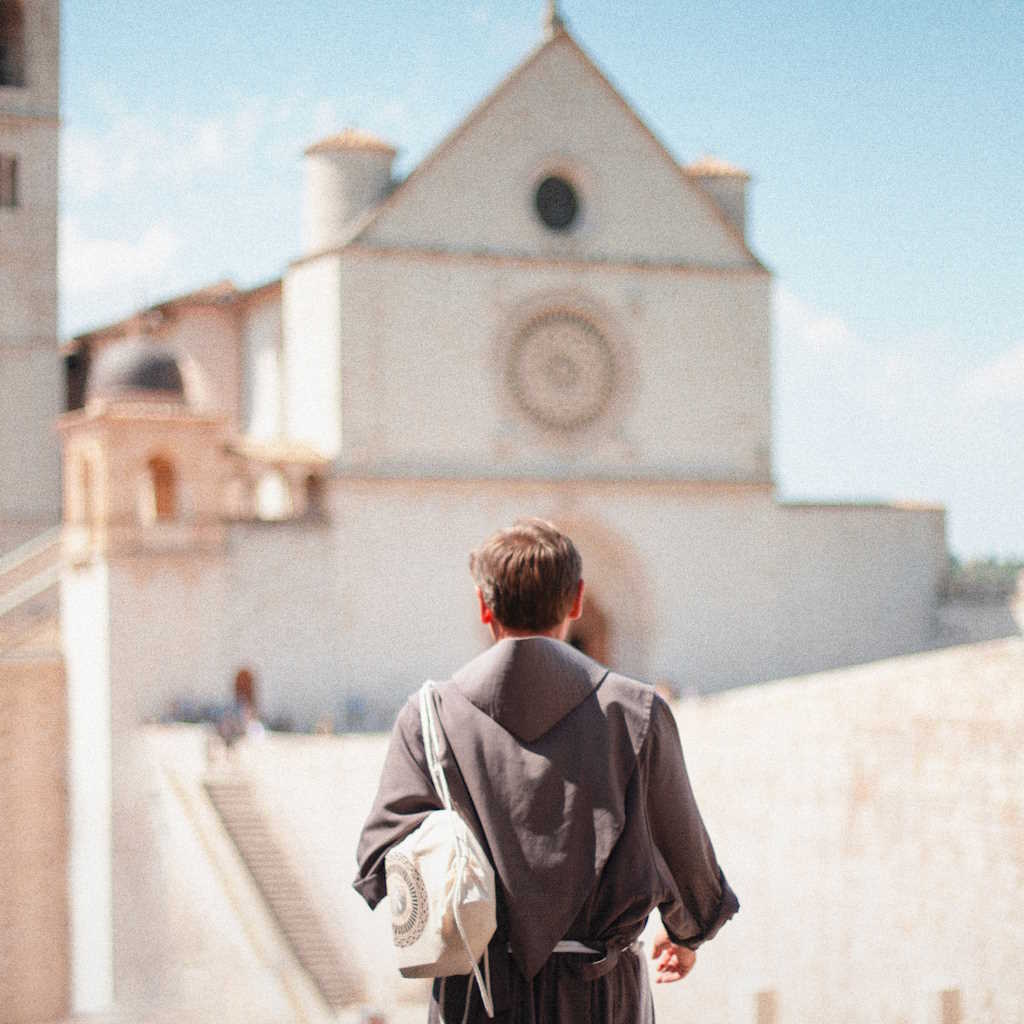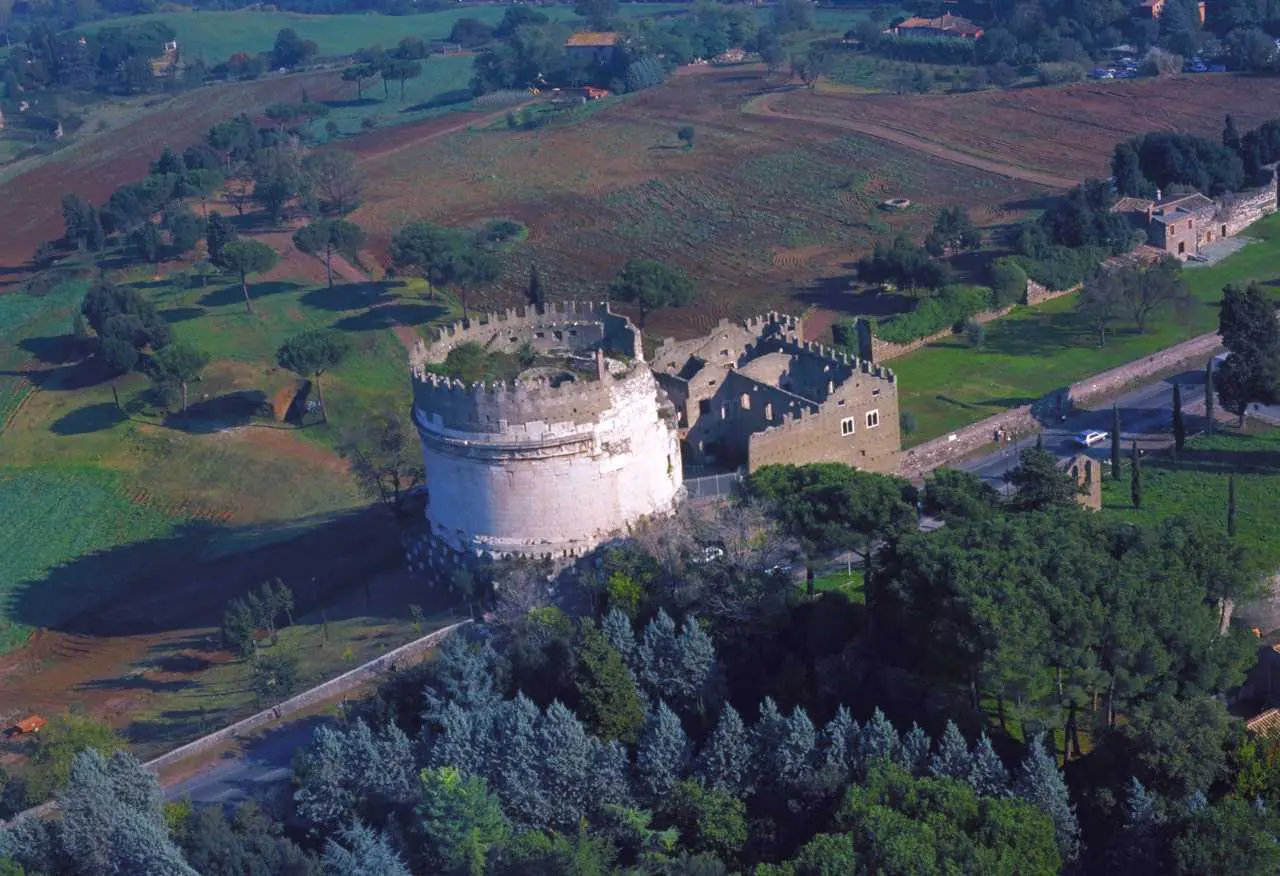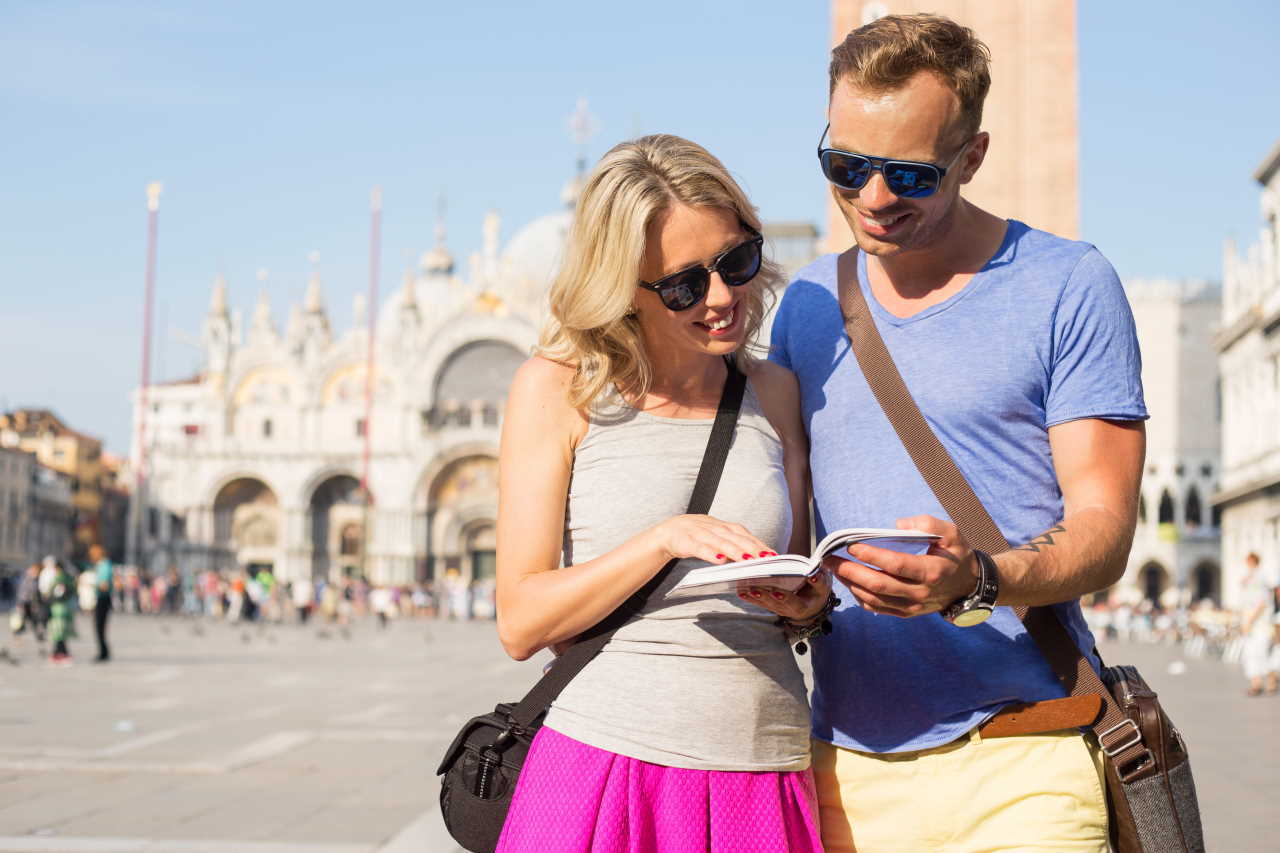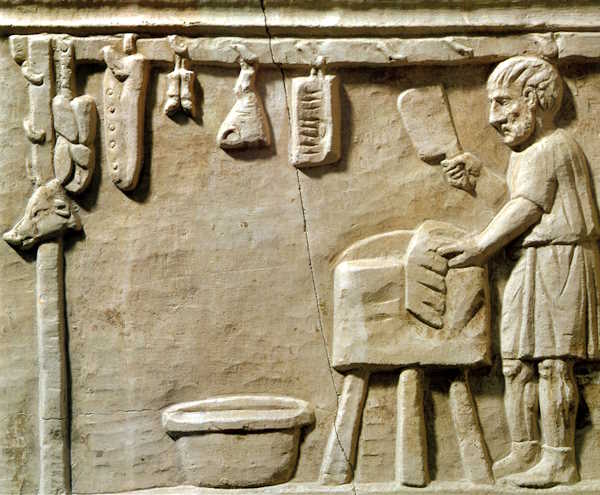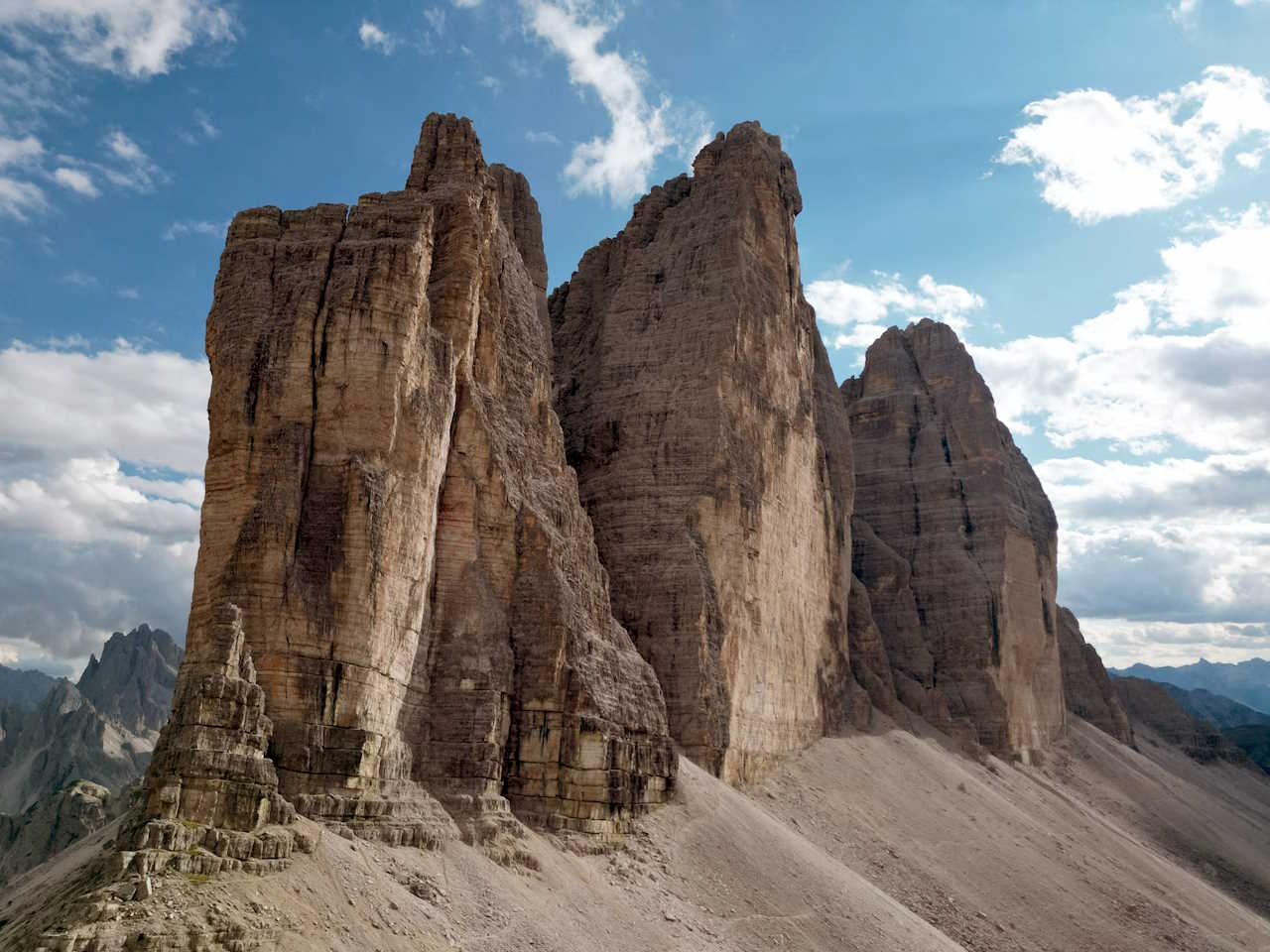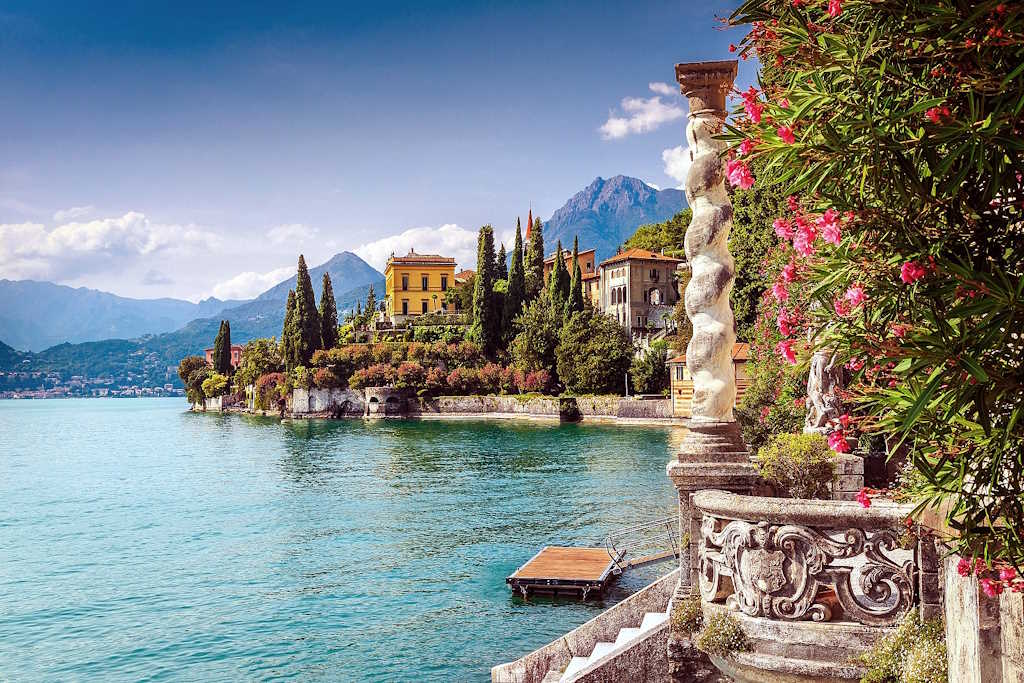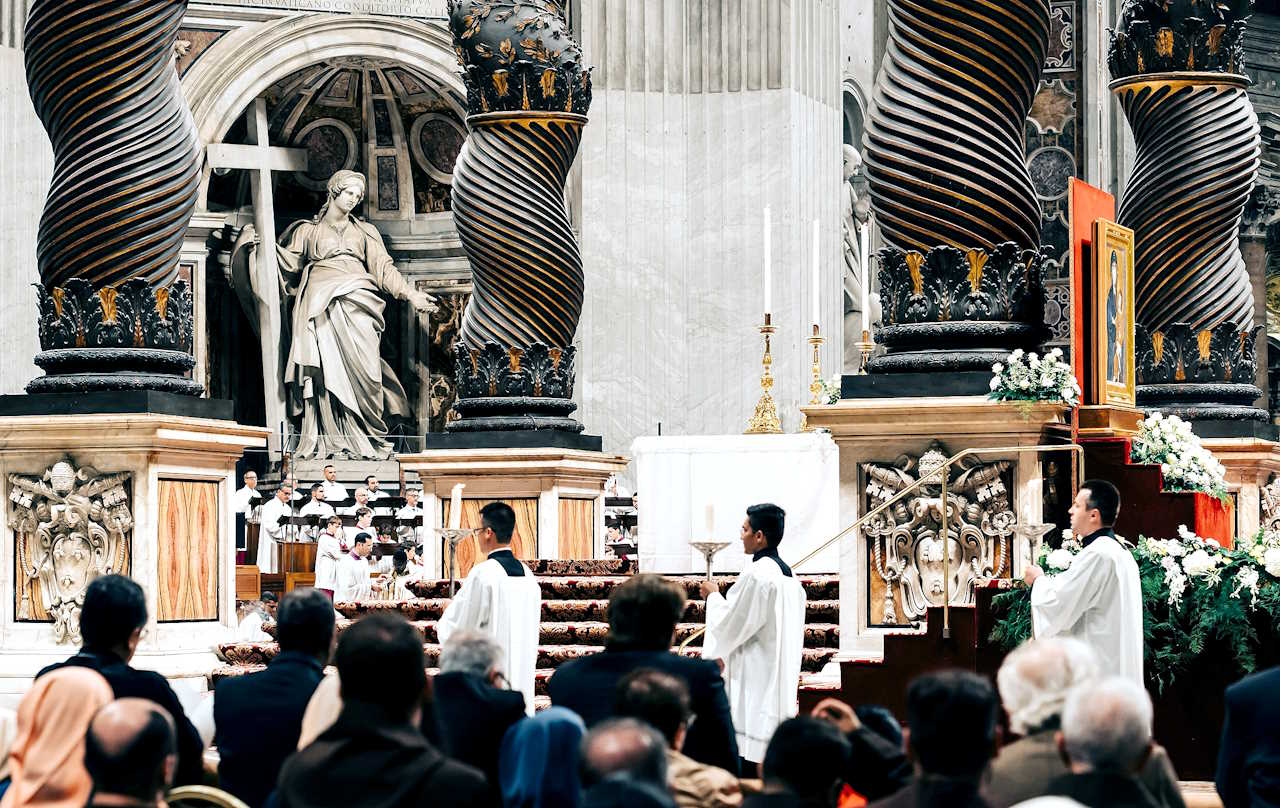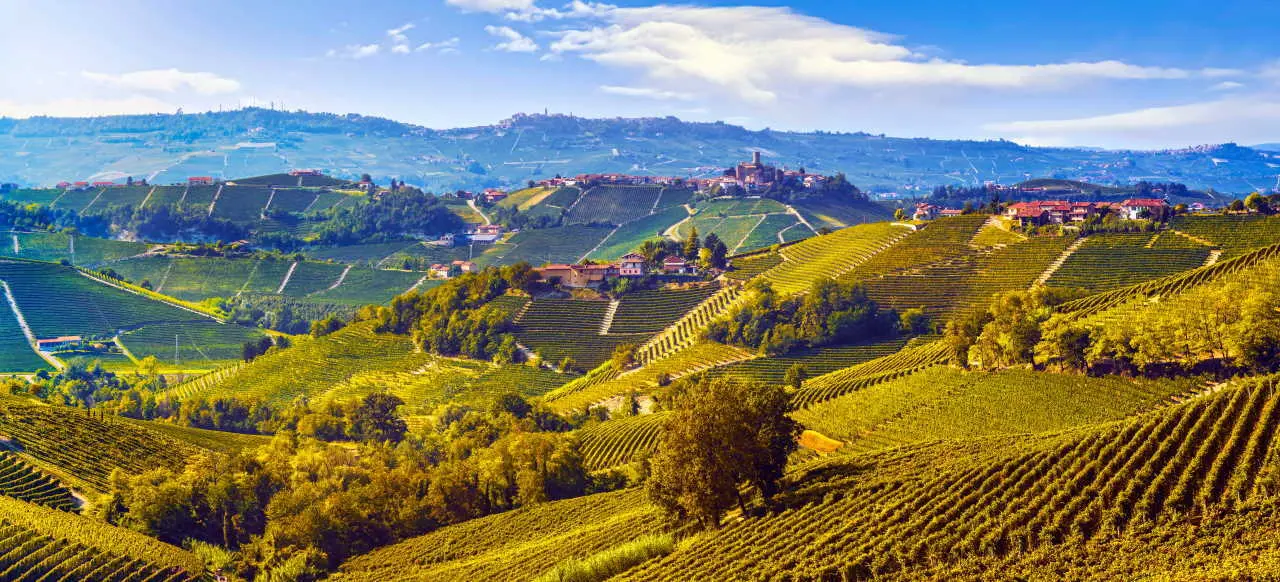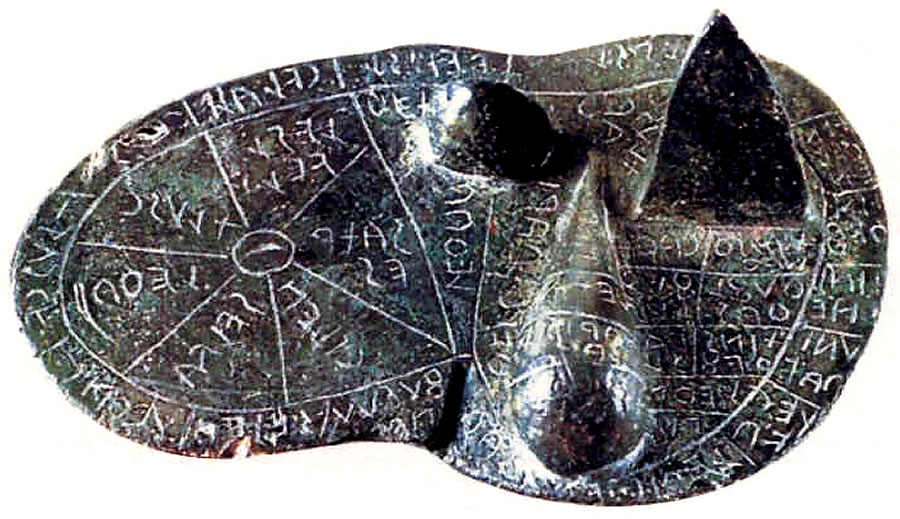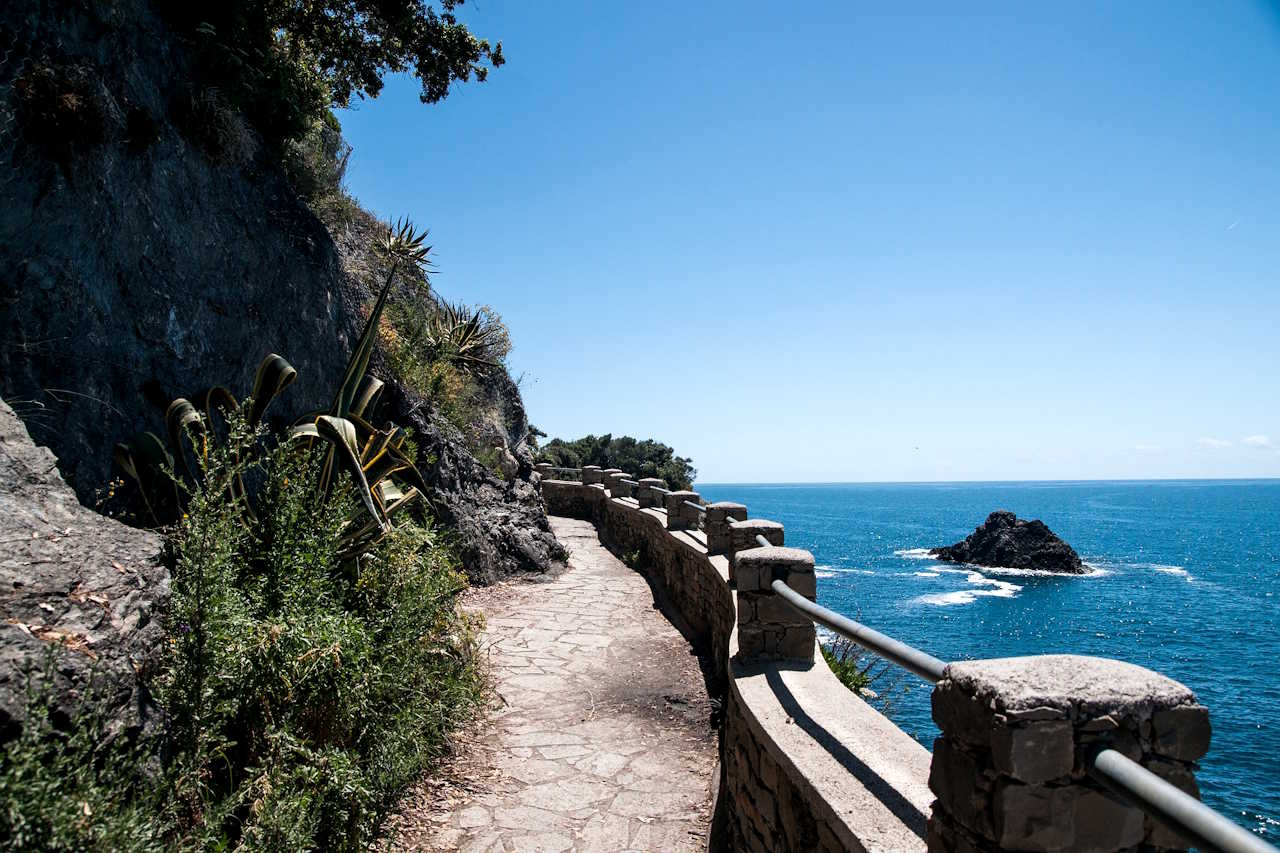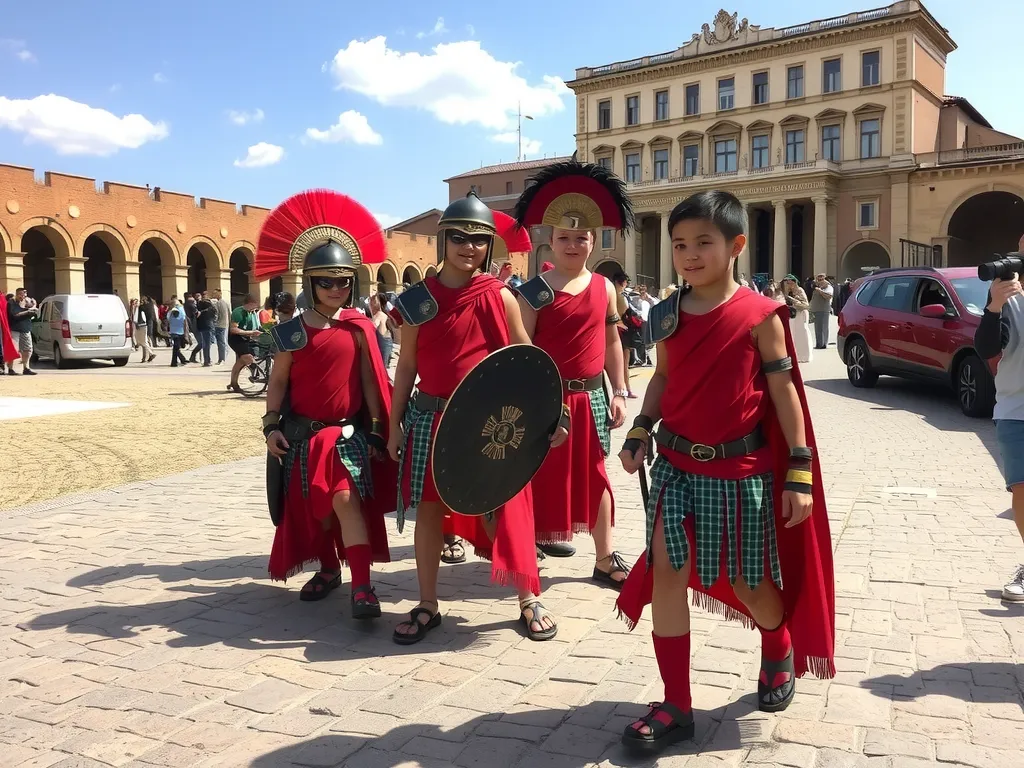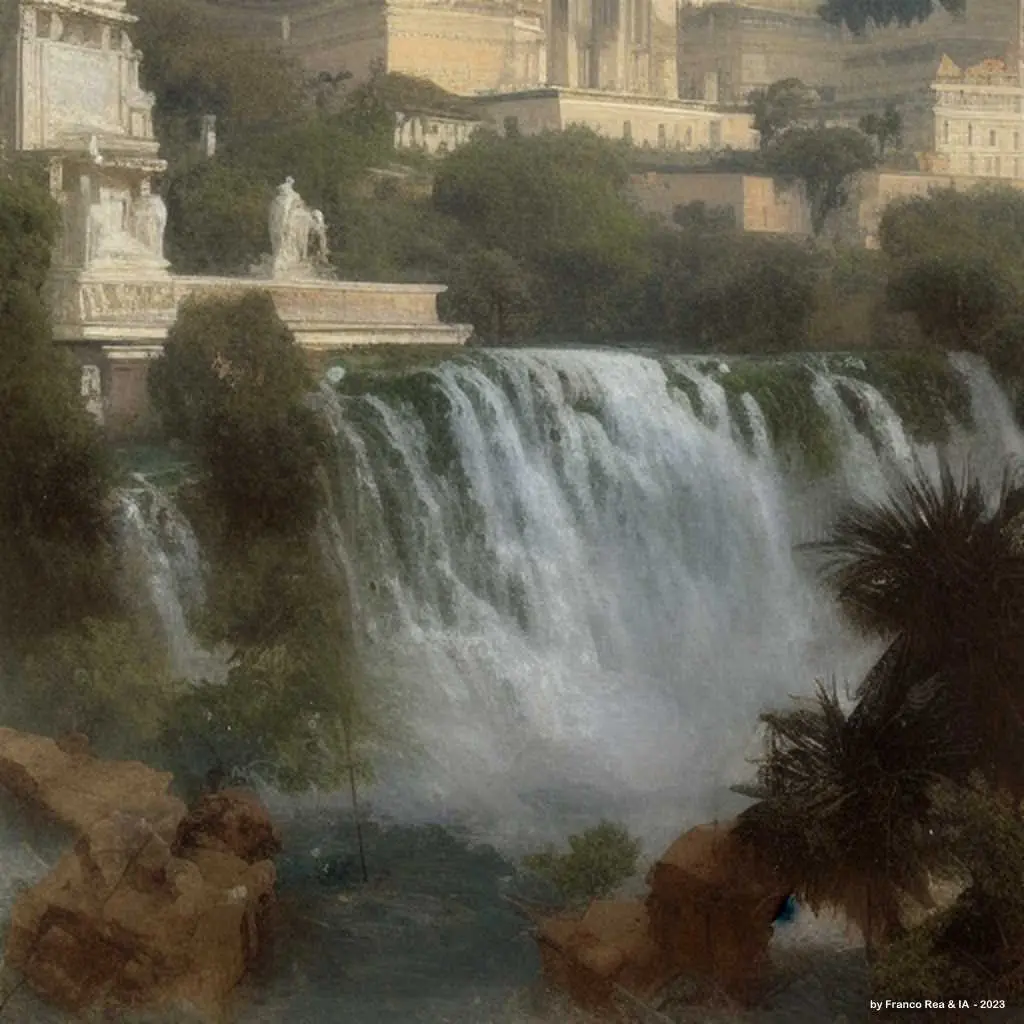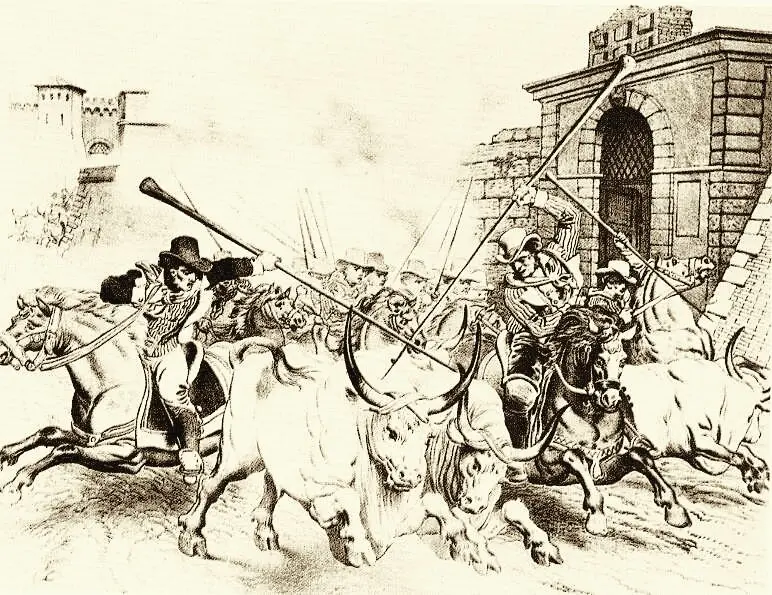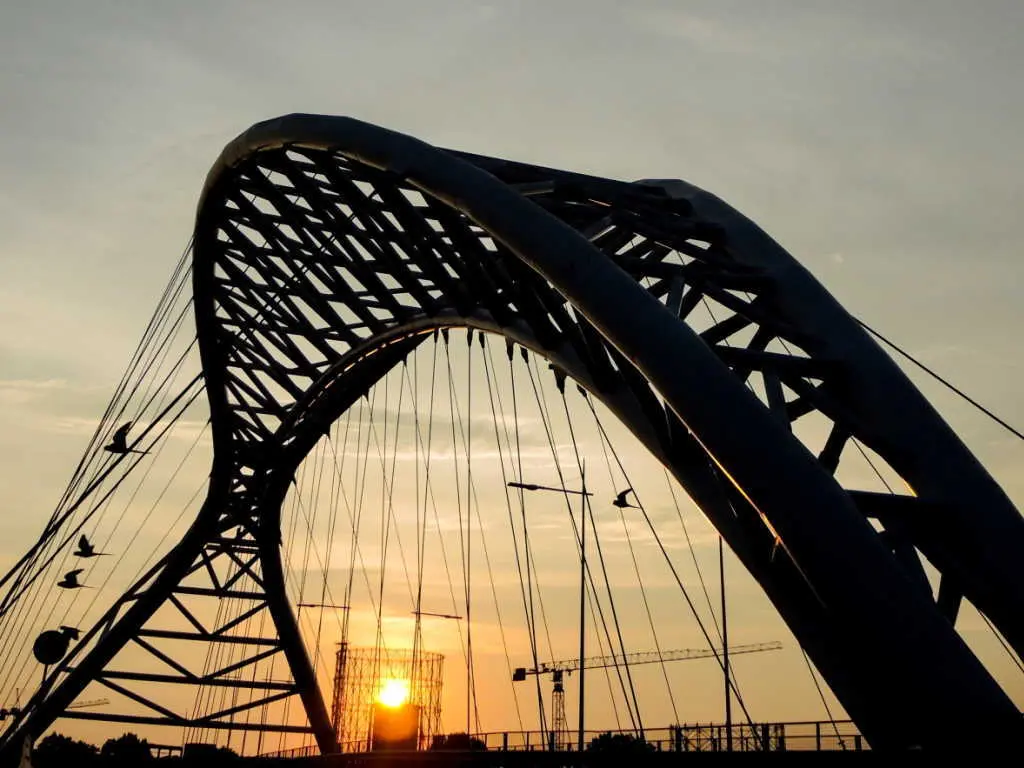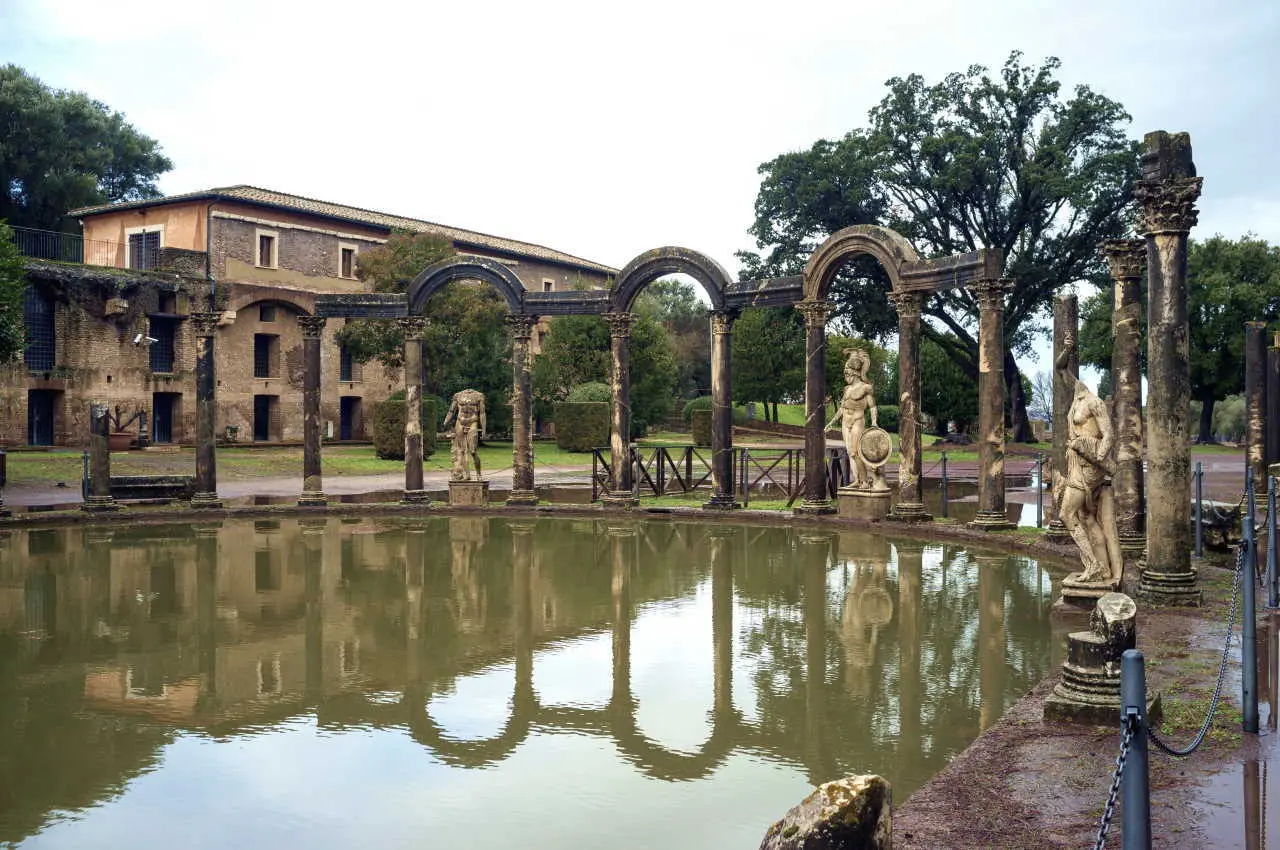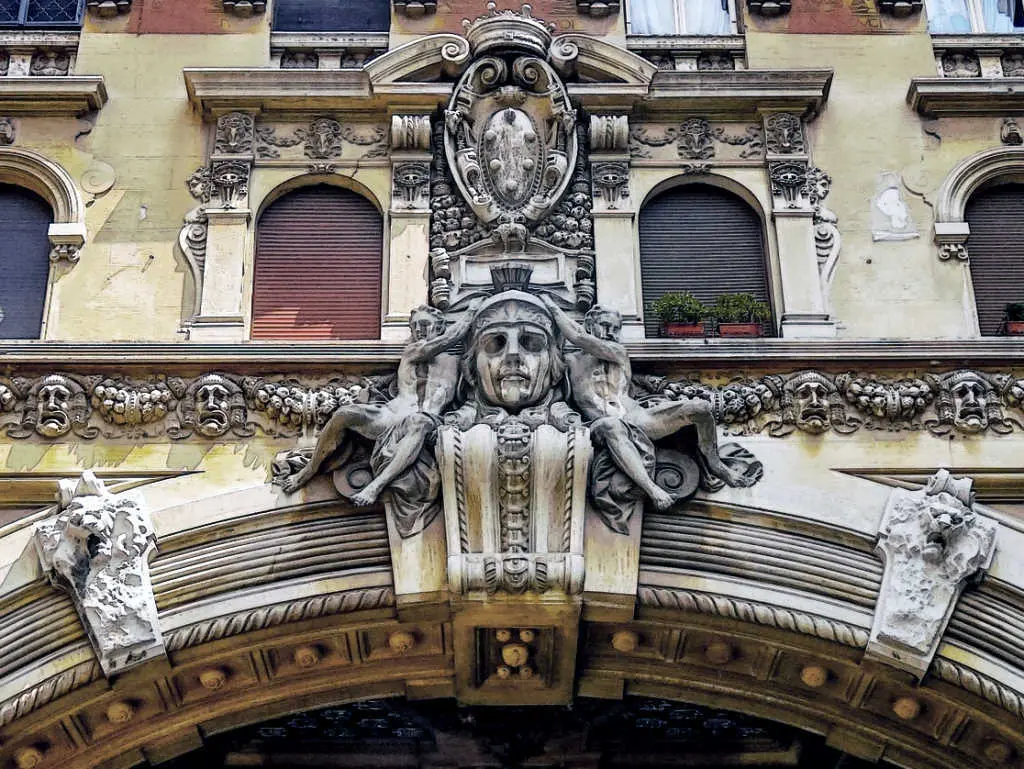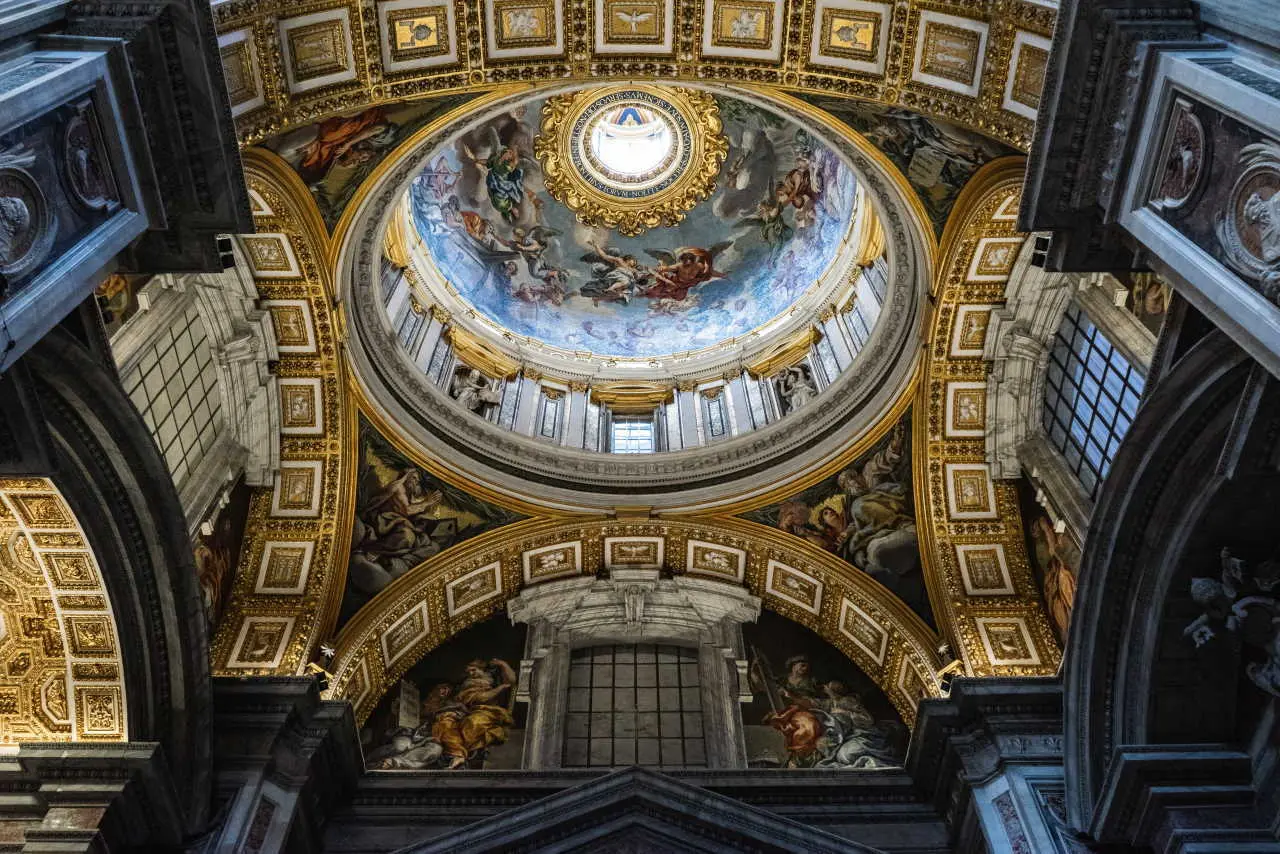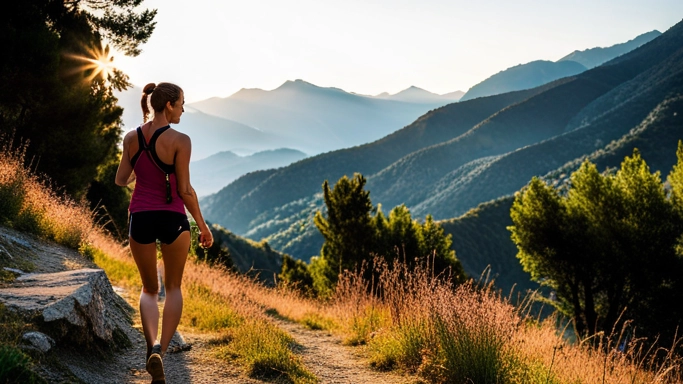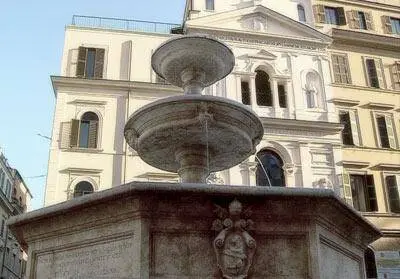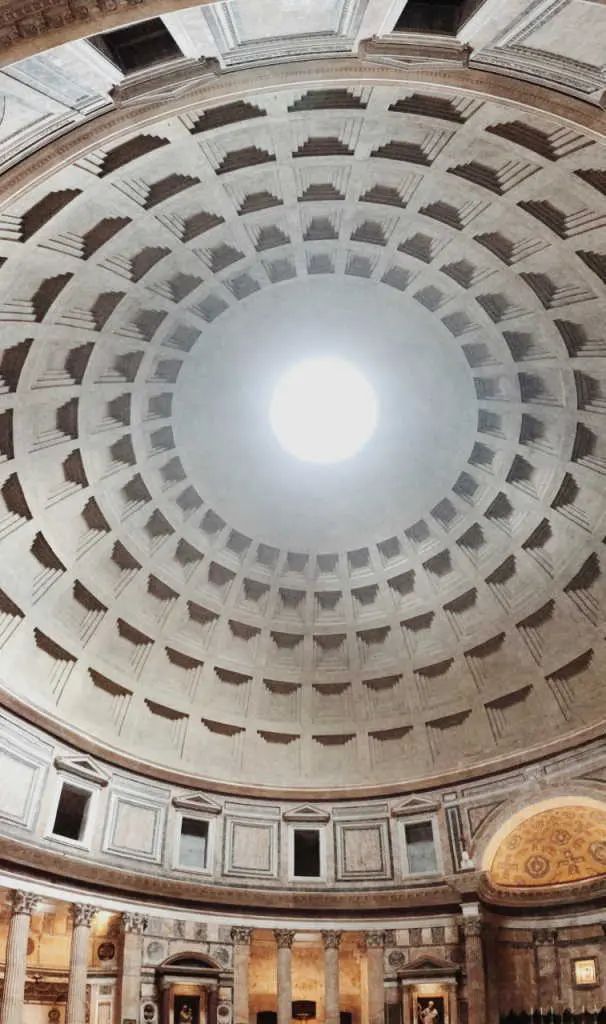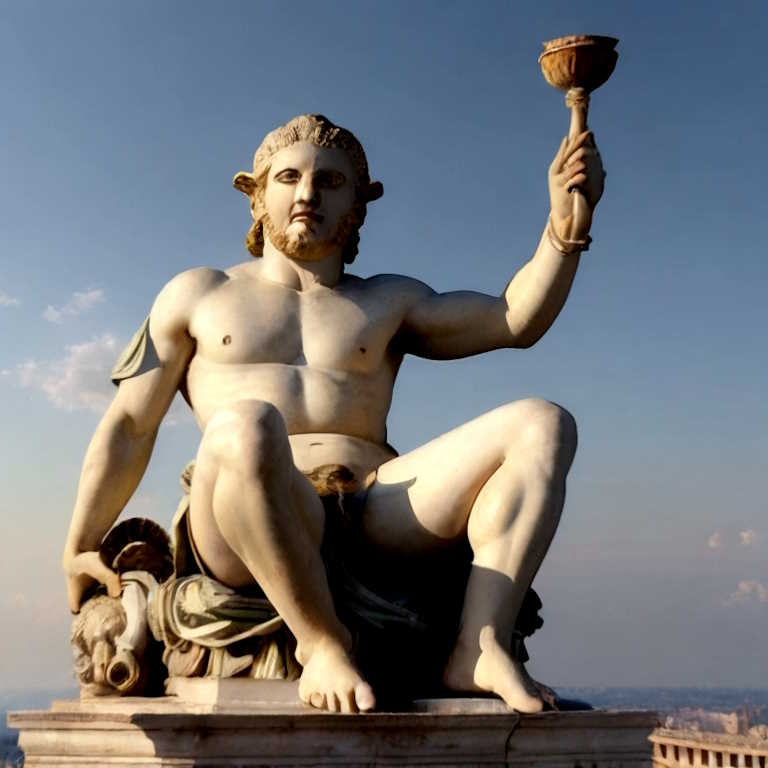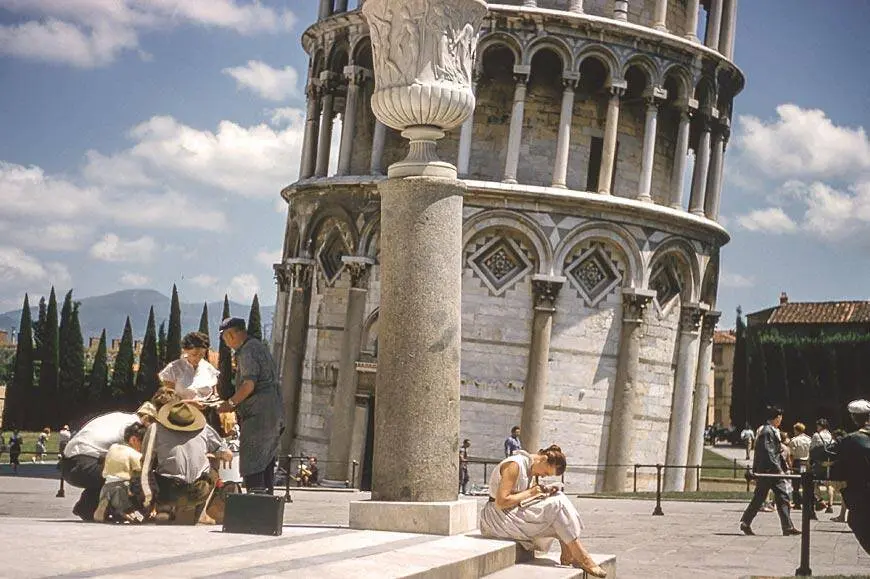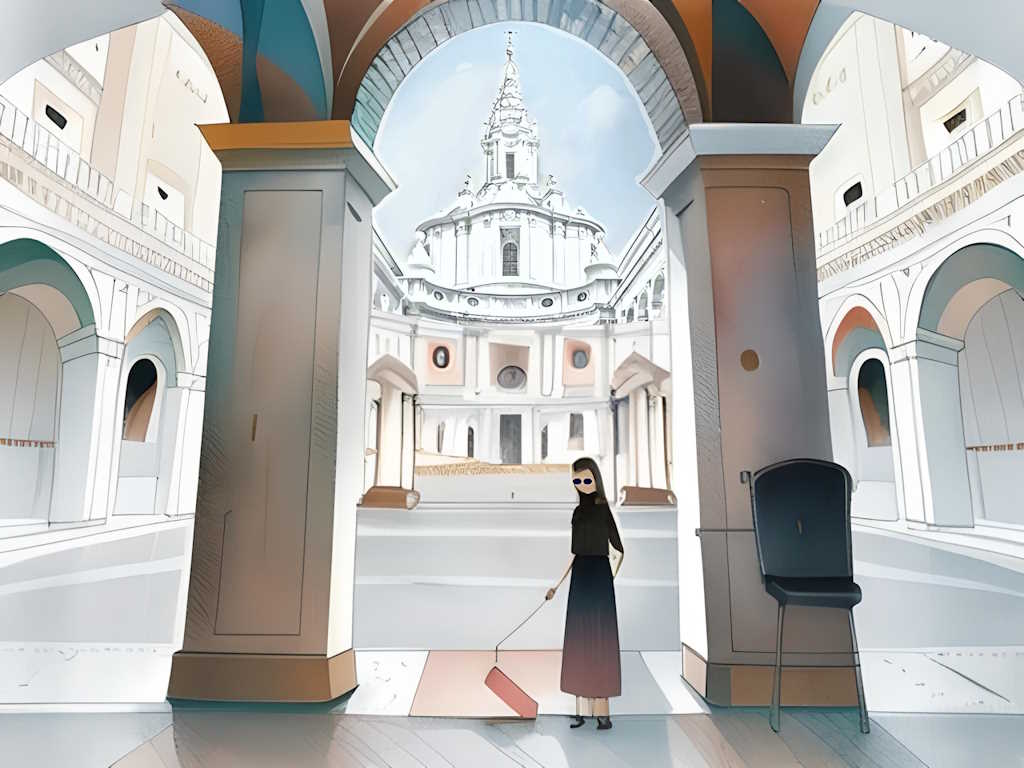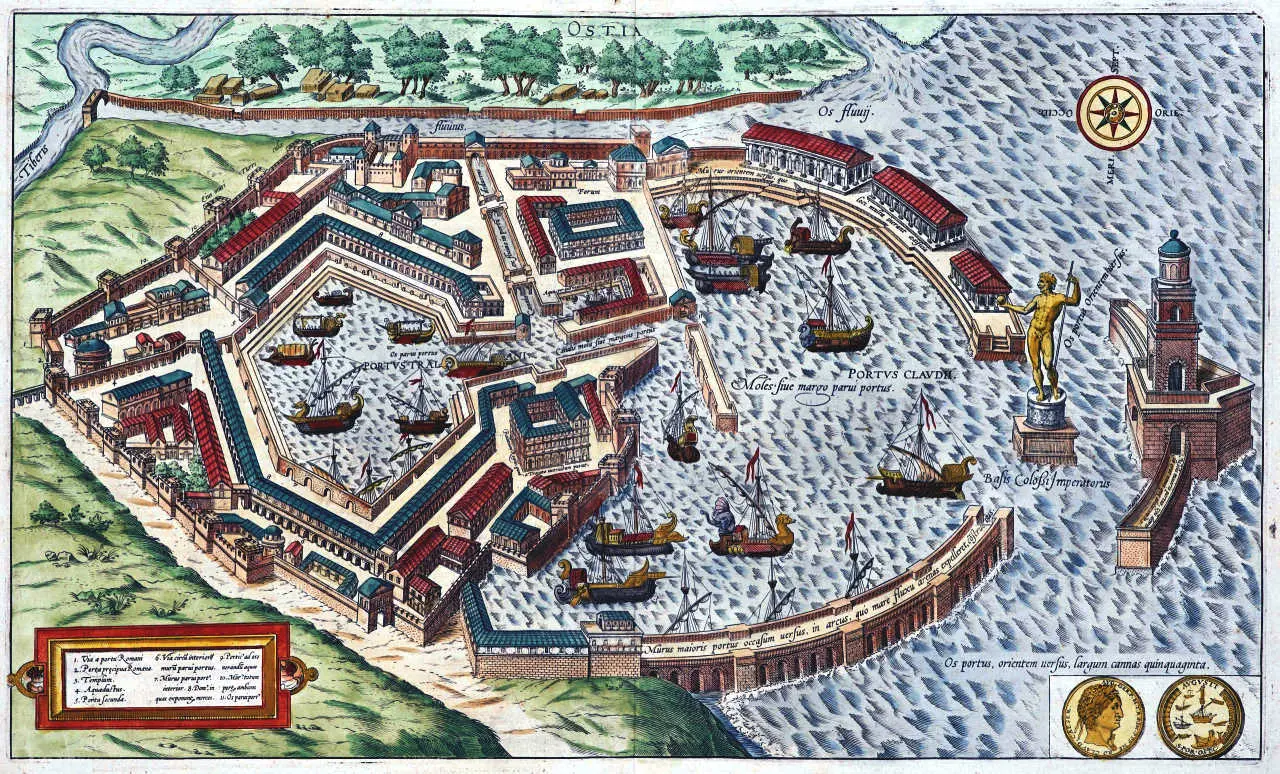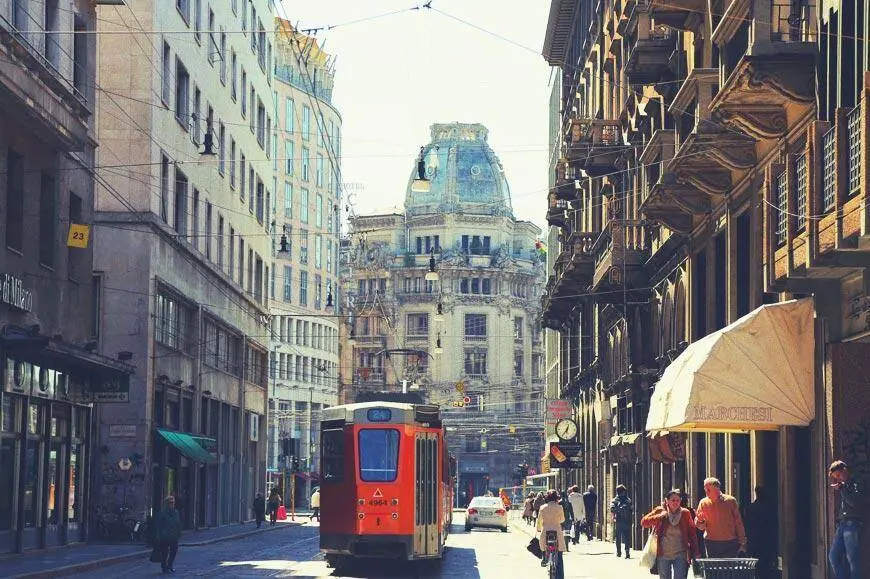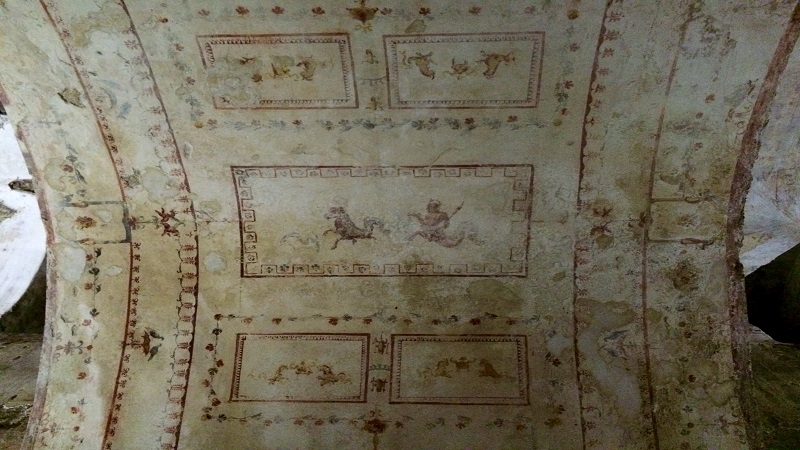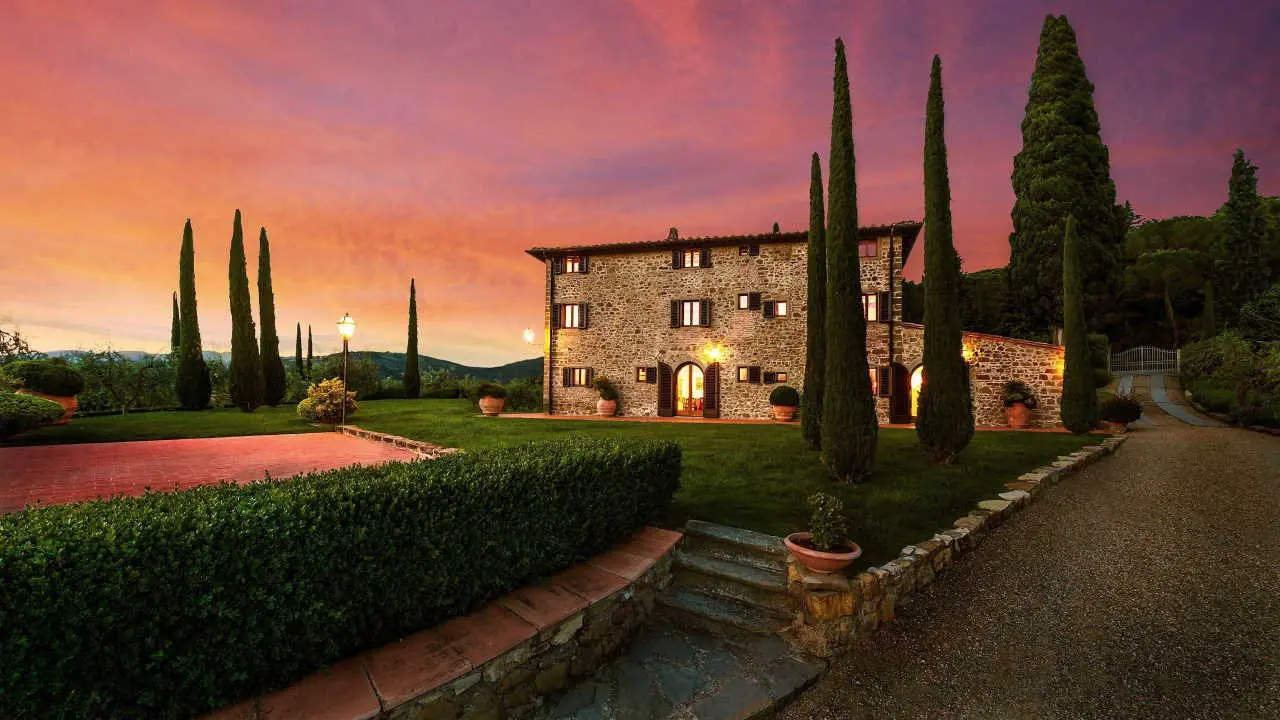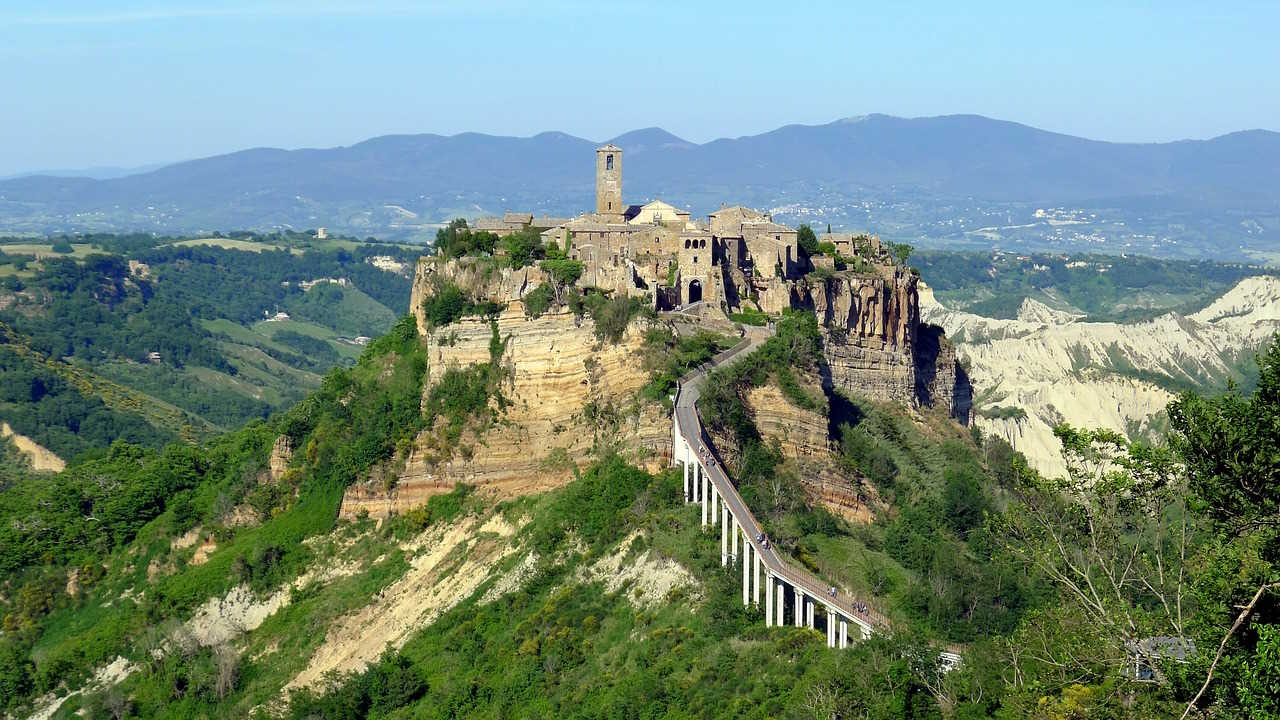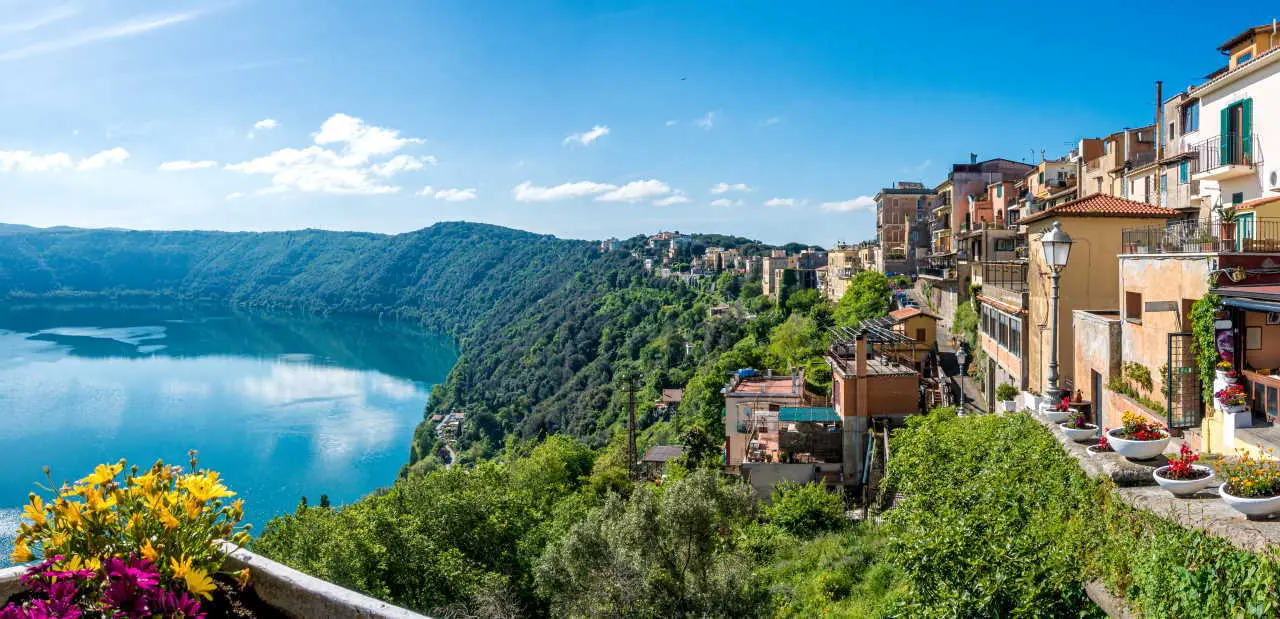Dolomites
The mountains carved by the gods
A unique natural treasure in the world, where breathtaking landscapes, rich biodiversity, and cultural heritage come together in an extraordinary combination. These are the Dolomites. Every visit to these mountains is an opportunity to connect with majestic nature and discover a culture deeply rooted in the region.
The Dolomites, now a natural heritage of priceless value, have their origins dating back over 200 million years ago, during the Triassic period. At that time, the region where these imposing mountains now stand was covered by a tropical sea. The limestone sediments, mainly composed of corals and other marine organisms, accumulated on the seabed, giving rise to large coral reefs. Over thousands of years, these deposits solidified, forming layers of limestone rock. During the Alpine orogeny, the movement of tectonic plates uplifted these layers from the seabed, giving rise to the spectacular peaks that we admire today.
The name “Dolomites” comes from the mineral “dolomite,” a particular magnesium-rich limestone rock, which gives these mountains their characteristic light color. Dolomite was first identified by the French geologist Déodat de Dolomieu in the 18th century, during one of his study trips to the Alps. The discovery of the mineral was of such importance that the entire mountain range was named after its discoverer.
The "discovery" of the Dolomites
Enchanted mountains
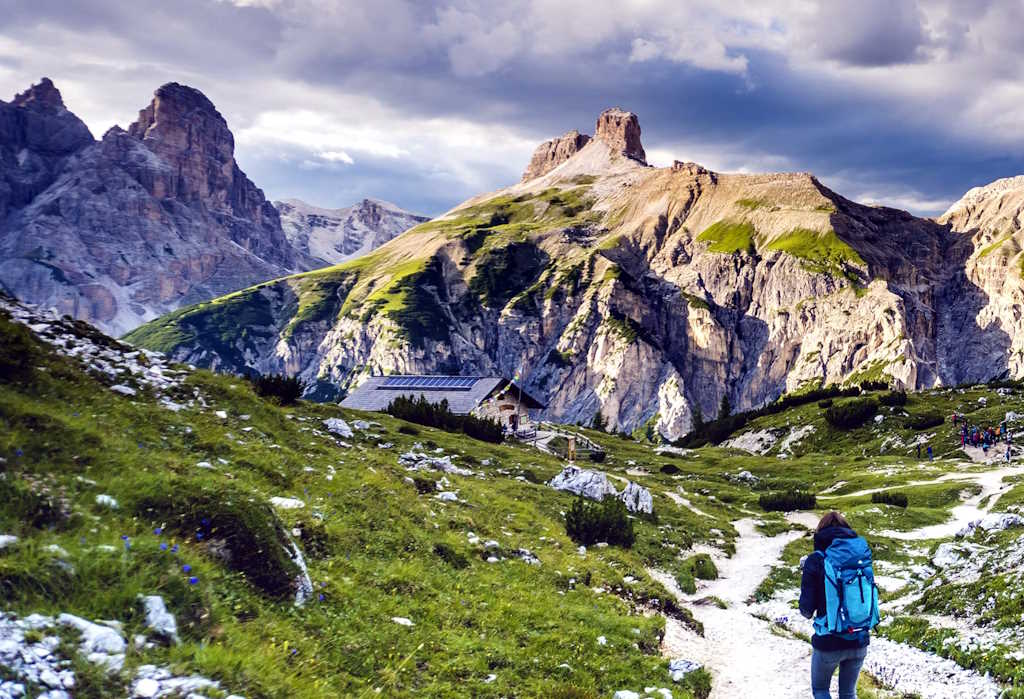
The Dolomites remained relatively unknown to the outside world until the 18th century, when explorers, geologists, and cartographers began to take an interest in these mountains. Among the most well-known pioneers were the Von Schacht brothers, who in 1779 drew one of the first detailed maps of the region. These early explorations were crucial not only for cartography but also for understanding the unique characteristics of the Dolomites, subsequently attracting travelers and scientists from across Europe.
The Dolomites played a crucial role in the development of mountaineering as a sport. In the 19th century, English and German climbers began to ascend these peaks, drawn by the technical challenges and the beauty of the landscape. Over time, the first alpine refuges were established, providing shelter to climbers, and the first via ferratas were created, making climbs more accessible. These infrastructures not only allowed for an increase in outdoor activities but also contributed to the spread of mountaineering as a popular sport.
World Heritage Site
In 2009, the Dolomites were officially recognized as a World Heritage Site by UNESCO, an acknowledgment that highlights the exceptional importance of these mountains from both a geological and landscape perspective. The Dolomites were awarded for their extraordinary beauty, characterized by a unique contrast between vertical rock walls and green valleys, and for their scientific relevance, linked to the presence of rocks that tell the geological history of over 200 million years.
The UNESCO protection has had profound implications for the conservation of the Dolomite landscape. This status has strengthened efforts to preserve the ecological integrity of the mountains, while also promoting more sustainable and conscious tourism. The declaration has stimulated the adoption of management practices that balance nature conservation with economic development, ensuring that future generations can continue to enjoy this extraordinary natural heritage.
Landscapes and biodiversity
Enrosadira
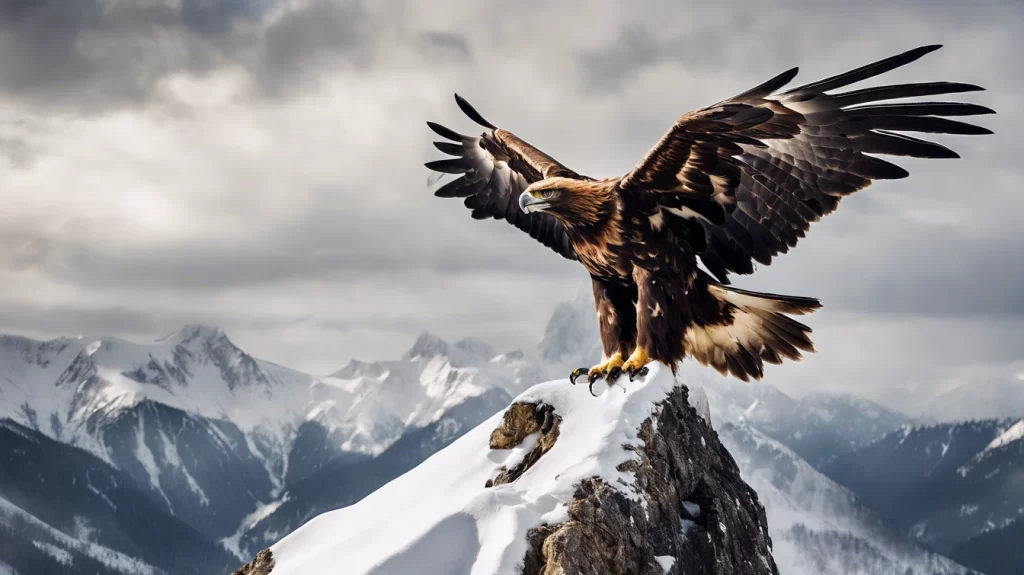
The Dolomites offer some of the most spectacular landscapes in the world, with rugged peaks that seem to defy the sky. One of the most fascinating aspects of these mountains is the Enrosadira, a natural phenomenon that occurs at sunset and sunrise, when the rocky walls are tinged with red, pink, and orange shades, creating a magical atmosphere. The landscapes vary from alpine meadows covered in wildflowers to coniferous forests, to deep valleys crossed by crystal-clear rivers and streams.
Among the points of interest in the Dolomites are the Tre Cime di Lavaredo, with their imposing rock towers that attract hikers and climbers from around the world. Other points of great interest include Mount Pelmo, known as “the throne of the gods” for its unique shape, and the Sella Group, a vast rocky platform that offers breathtaking views. These sites have become symbols of the Dolomites and attract millions of visitors every year.
Conservation of Biodiversity
With numerous species of flora and fauna that have adapted to the various habitats at different altitudes, the Dolomites boast a surprising biodiversity. Among the endemic plant species are the alpine poppy and the rare martagon lily. Regarding fauna, the Dolomites are home to symbolic animals such as ibex, chamois, and golden eagle. These mountains also provide refuge for endangered species, making their conservation a top priority.
Conservation of biodiversity in the Dolomites is an ongoing challenge, partly due to tourism pressure and climate change. Several areas have been designated as natural parks and reserves, such as the Natural Park of the Sexten Dolomites and the Puez-Odle Natural Park, which protect critical habitats and promote scientific research activities. Conservation efforts aim to preserve the delicate balance between humans and nature, ensuring that the Dolomites remain a sanctuary for biodiversity.
Culture and traditions
The ancient traces of the Dolomites
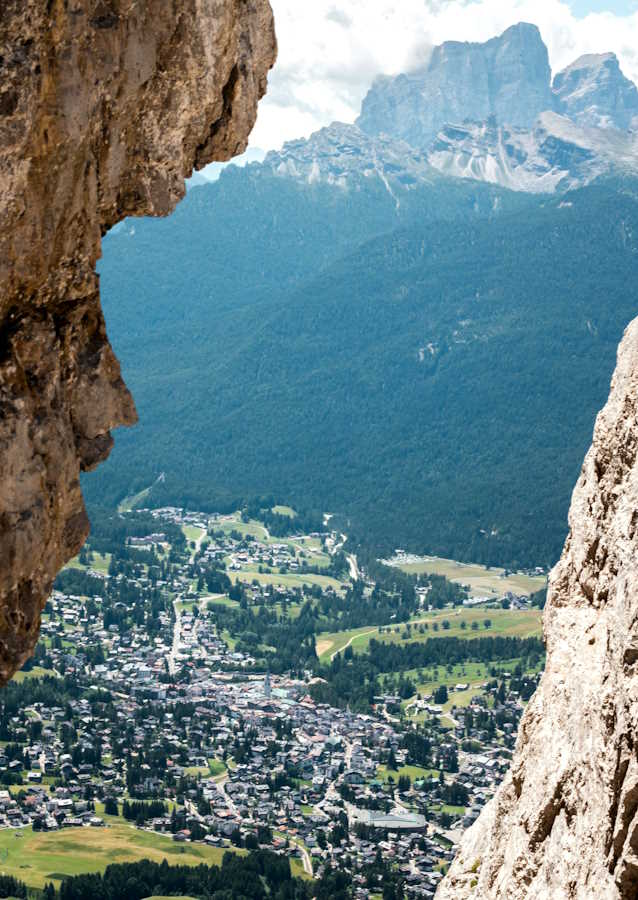
Traces of ancient civilizations such as the Reti and the Romans visible in various parts of the region testify that the Dolomites have been inhabited since ancient times. During the First World War, these mountains were the scene of fierce fighting between Italian and Austro-Hungarian troops, leaving a significant historical legacy, evidenced by trenches, fortifications, and military trails that can still be visited today.
The culture of the Dolomites is deeply rooted in local traditions, with a heritage that includes typical architecture in wood and stone, craftsmanship, and culinary traditions. In the Ladin valleys, a unique linguistic minority in Europe, Ladino is still spoken, which is a Rhaeto-Romanic language representing an important element of cultural identity. Traditional festivals, such as the “Desmontegada” (the cattle transhumance), celebrate the centuries-old bond between people and the land.
Activities and attractions
A mountain experience
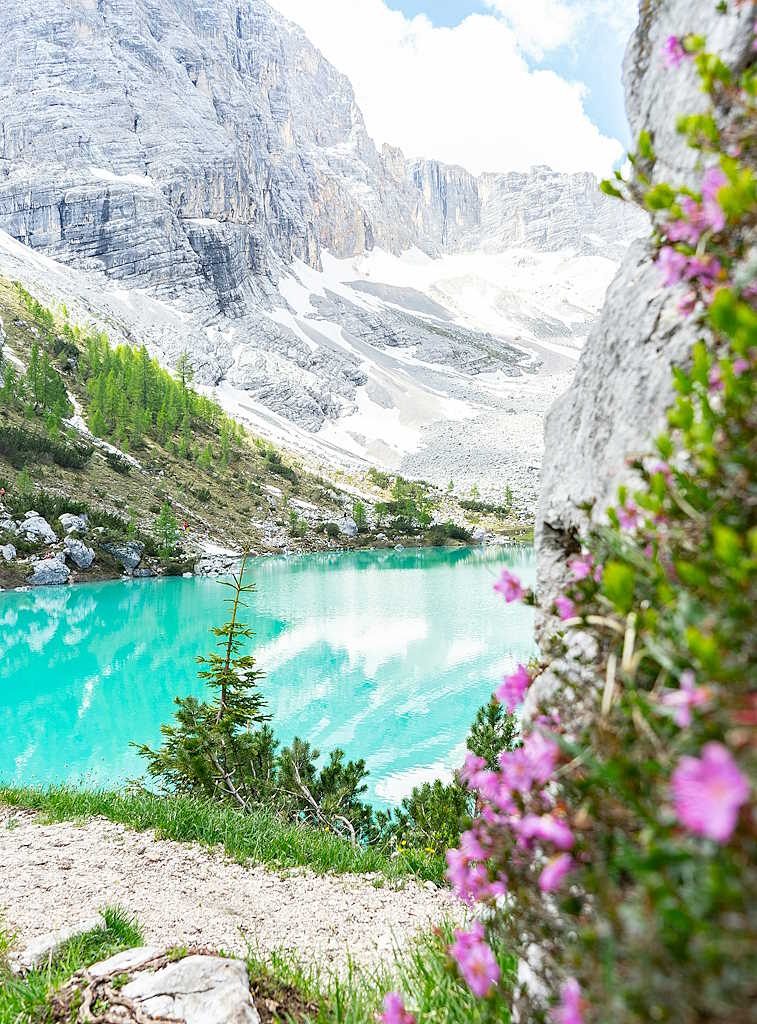
From parks like the Paneveggio-Pale di San Martino Natural Park, to characteristic villages like Cortina d’Ampezzo and Ortisei, known for their traditional architecture, the Dolomites offer a wide range of attractions. Historical monuments abound, such as frescoed churches and medieval castles, further enriching the visitor experience.
Outdoor activities are at the heart of the Dolomites experience. In summer, hiking and mountain biking are among the most popular activities, with a network of trails that traverse landscapes of extraordinary beauty. In winter, the Dolomites turn into a paradise for ski enthusiasts, with world-famous ski areas like the Sellaronda. Climbing, paragliding, and snowshoeing complete the adventure offerings.
Accommodation options in the Dolomites are varied and suitable for all needs. From alpine refuges, perfect for those seeking an authentic experience in contact with nature, to luxury hotels with spas and gourmet restaurants. Locations like Corvara, Canazei, and San Candido are strategically positioned to explore the diverse valleys and peaks, offering high-level comfort and hospitality.
-
A Day in the Dolomites from Venice – Private Tour
Venice195,00€ – 438,00€This itinerary is designed for those seeking not just a day trip, but a deep immersion into the natural and cultural wonders that only Italy can offer
Food and wine traditions
Mountain Flavours
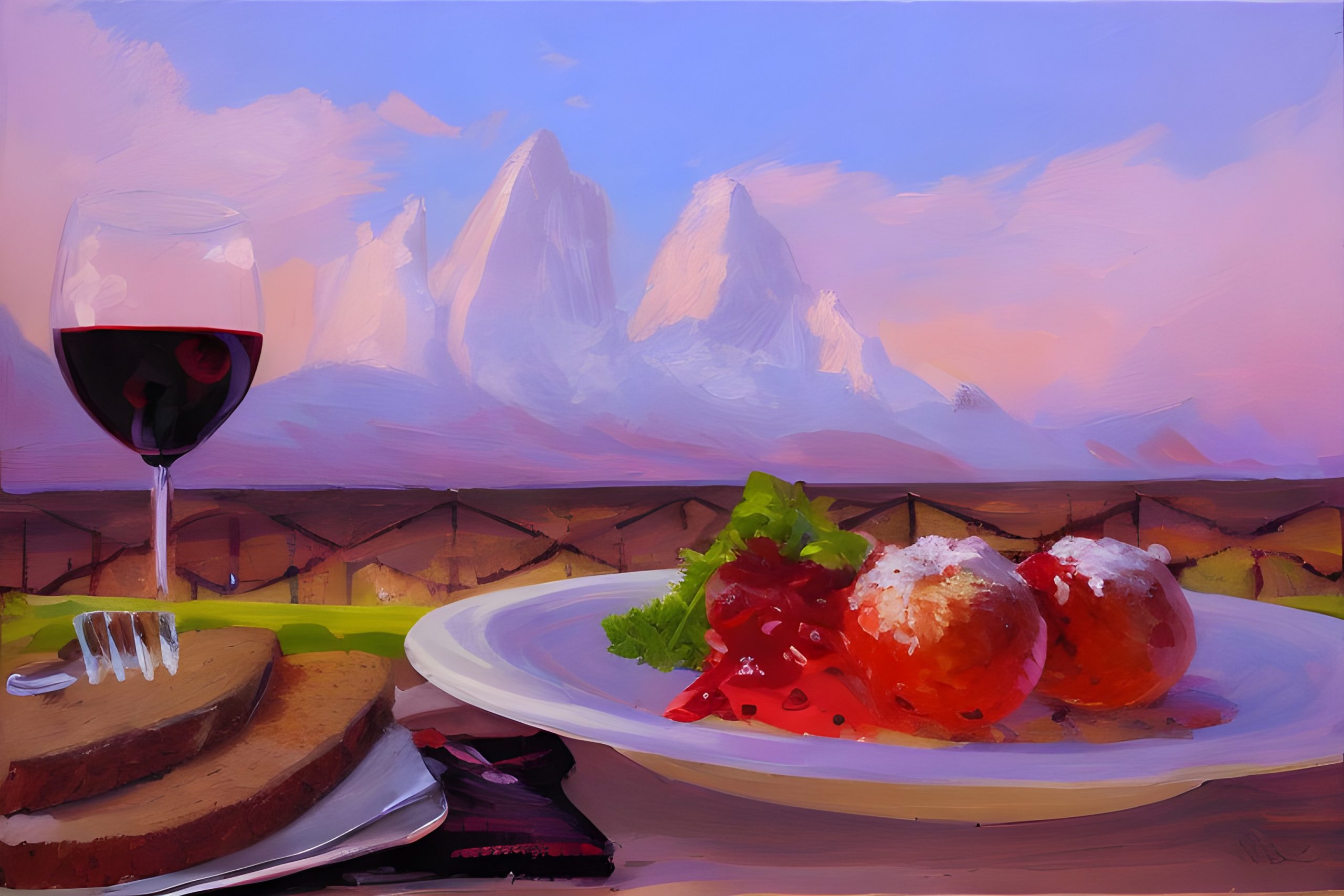
The cuisine of the Dolomites is a true journey into the flavors of the mountains. Tradition and local ingredients come together to create dishes with a unique and authentic character.
First courses include casunziei, ravioli filled with local ingredients; potato or pumpkin gnocchi with malga butter and smoked ricotta; canederli, bread dumplings enriched with speck or cheese; and barley soup, robust and rooted in peasant tradition.
Main courses are based on game meat, often served with rustic polenta, and polenta itself, a pillar of mountain cuisine. Typical products include local cheeses and vegetables, while standout desserts include apple strudel, ricotta and buckwheat cakes, and Kaiserschmarrn, a sort of sweet scrambled pancake.
Local grappa finishes the meal, reflecting Dolomite culture and tradition through simple yet rich and authentic flavors.
The cuisine of the Dolomites is therefore a celebration of local culture and traditions, with dishes that, despite their simplicity, offer a rich and authentic culinary experience capable of winning over anyone who tastes them.
Winemaking, on the other hand, combines tradition, terroir, and innovation. In this mountainous region, unique conditions such as high altitudes and mineral-rich soils favor the cultivation of prized varieties like Müller-Thurgau, Pinot Grigio, and Gewürztraminer.
Viticulture, with ancient roots, now embraces sustainable practices, blending traditional and modern techniques. Dolomite wines, known for freshness, elegance, and complex aromatic profiles, reflect the unique terroir of the area. Even reds like Lagrein and Pinot Noir are emerging, making this winemaking increasingly appreciated internationally.
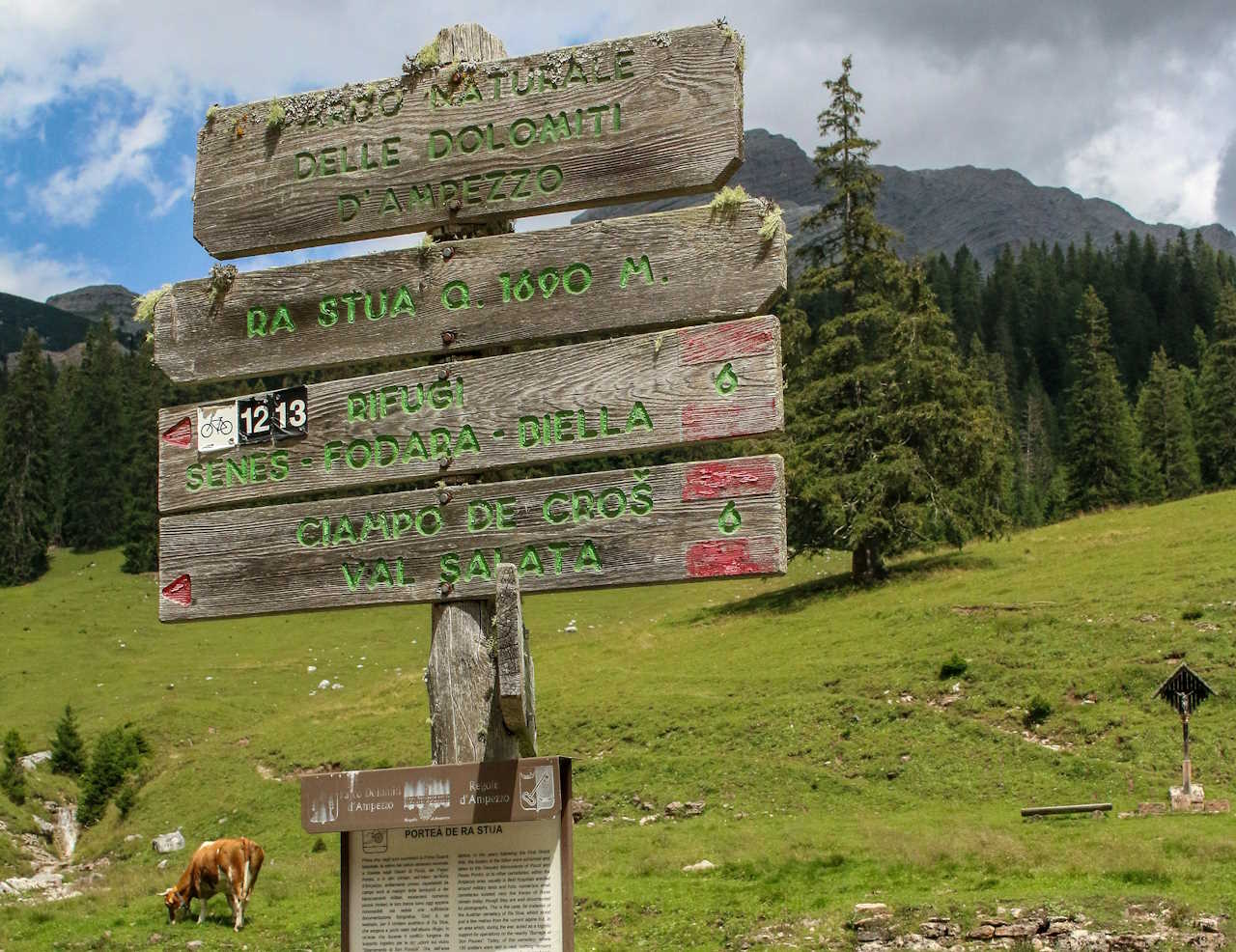
The Dolomites are a destination for all seasons. From June to September, summer is perfect for outdoor activities, while from December to March, winter is ideal for winter sports. Spring and autumn offer enchanting landscapes, with alpine blooms and autumn colors painting the mountains. Cultural and traditional events enrich the experience in every season.
A unique natural treasure in the world, where landscape beauty, biodiversity richness, and cultural heritage merge into an extraordinary whole. These are the Dolomites. Every visit to these mountains is an opportunity to connect with majestic nature and discover a culture deeply rooted in the area.
It is essential for visitors to respect and protect this fragile ecosystem, to ensure that the Dolomites remain a place of wonder and inspiration.
Tours and Trips in Italy
-
Pilgrimage to Padre Pio Shrine in San Giovanni Rotondo
Pilgrimages in Italy295,00€ – 924,00€A private spiritual journey to discover the sacred places of Padre Pio and Monte Sant'Angelo, with the comfort of exclusive transportation and an expert guide.
From Rome | Guided Tour | Private Transportation | 1 day
-
Day Trip to the Amalfi Coast and Pompeii – Private car from Rome
Day Trips from Rome289,00€ – 749,00€Tour to Pompeii, a world-treasure of archaeology, and Amalfi Coast by Private car and driver!
Special discount 2024
Pompeii - Amalfi | Guided Tour in Pompeii| Private Driver | 12 hours
-
Day trip to Siena, San Gimignano, Pisa, from Florence
Florence313,00€ – 711,00€Day trip to Siena, S. Gimignano and Pisa - from Florence, Siena or Pisa by Private car!
Tour Guide | Private Driver | 10 hours
-
Shore excursion Civitavecchia Rome
Day Trips from Rome241,00€ – 645,00€Discover the major attractions of Rome with who live there! Full day Private Tour from Civitavecchia Port to Rome
Advanced reservation PROMO code
Civitavecchia Rome | Guided Tour | Luxury Car | 8/9 hrs.
-
Private Day Trip to Pompeii
Private Day Trips from Rome209,00€ – 628,00€Private Tour to Pompeii, a world-treasure of archaeology, at the foot of Mount Vesuvius
Special discount 8%
Pompeii | Guided Tour | Private Driver | 9 hours
-
Full Day Wine Tour in Val D’Orcia – from Rome or Florence
Florence265,00€ – 615,00€Full-day Wine Tour in Val D'Orcia. Visit Pienza and Montepulciano - from Rome or Florene by Private car!
Val D'Orcia | Tour Guide | Private Driver | 12 hours
-
Private Tour Pompeii, Vesuvius and wine tasting
Day Trips from Rome260,00€ – 575,00€Private Tour to Pompeii and Mount Vesuvius to discover one of the most typical regions of Southern Italy. Tour a local winery, with wine tastings and lunch
Special discount 8%
Vesuvio and Pompeii | Guided Tour | Private Driver | 1 day
-
Venice Day Trip From Rome – Private Tour by Train
Day Trips from Rome305,00€ – 535,00€An Exclusive Day Trip to Venice from Rome, all included! 1st class Train tickets, Private Guide in Venice, skip the line to the Basilica of Saint Mark and transfer by boat along the Gran Canal
Venice | Private Tour | 1st class High speed | 1 day
-
Assisi and Saint Francis – One-Day Tour from Rome
Pilgrimages in Italy179,00€ – 525,00€One-Day Tour to Assisi from Rome: an immersive experience of cultural and spiritual visits
Assisi | Guided Tour | Private Vehicle | 1 Day
-
Venice Private Day Trip From Milan
Milan265,00€ – 494,00€An Exclusive Day Trip to Venice from Rome, all included! 1st class Train tickets, Private Guide in Venice, skip the line to the Basilica of Saint Mark and transfer by boat along the Gran Canal
Venice | Private Tour | 1st class High speed | 1 day
-
Private Wine Tour with Cooking Class and Lunch
City Tours of Rome422,00€ – 595,00€Wine Tour with a Cooking Class and Lunch at a Wine Resort in the Castelli Romani area, Private Tour.
Frascati - Rome | Wine Tasting | By de luxe car | 6 hours
-
Villa Adriana and Villa d’Este Private Tour Rome to Tivoli
Day Trips from Rome189,00€ – 474,00€Tivoli, guided visit of Villa Adriana e Villa d’Este, two splendid villas at 20 km far from Rome, a renowned area since the Roman time
Tivoli | Private Guided Tour | By car | 4/5 hrs.
